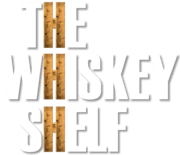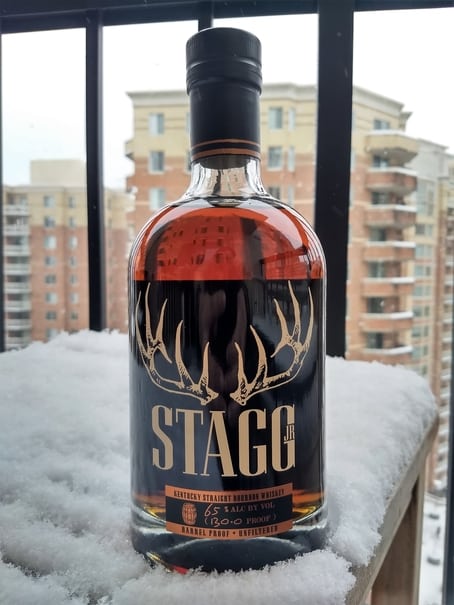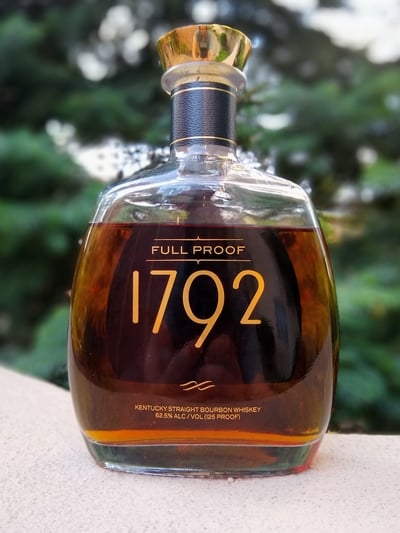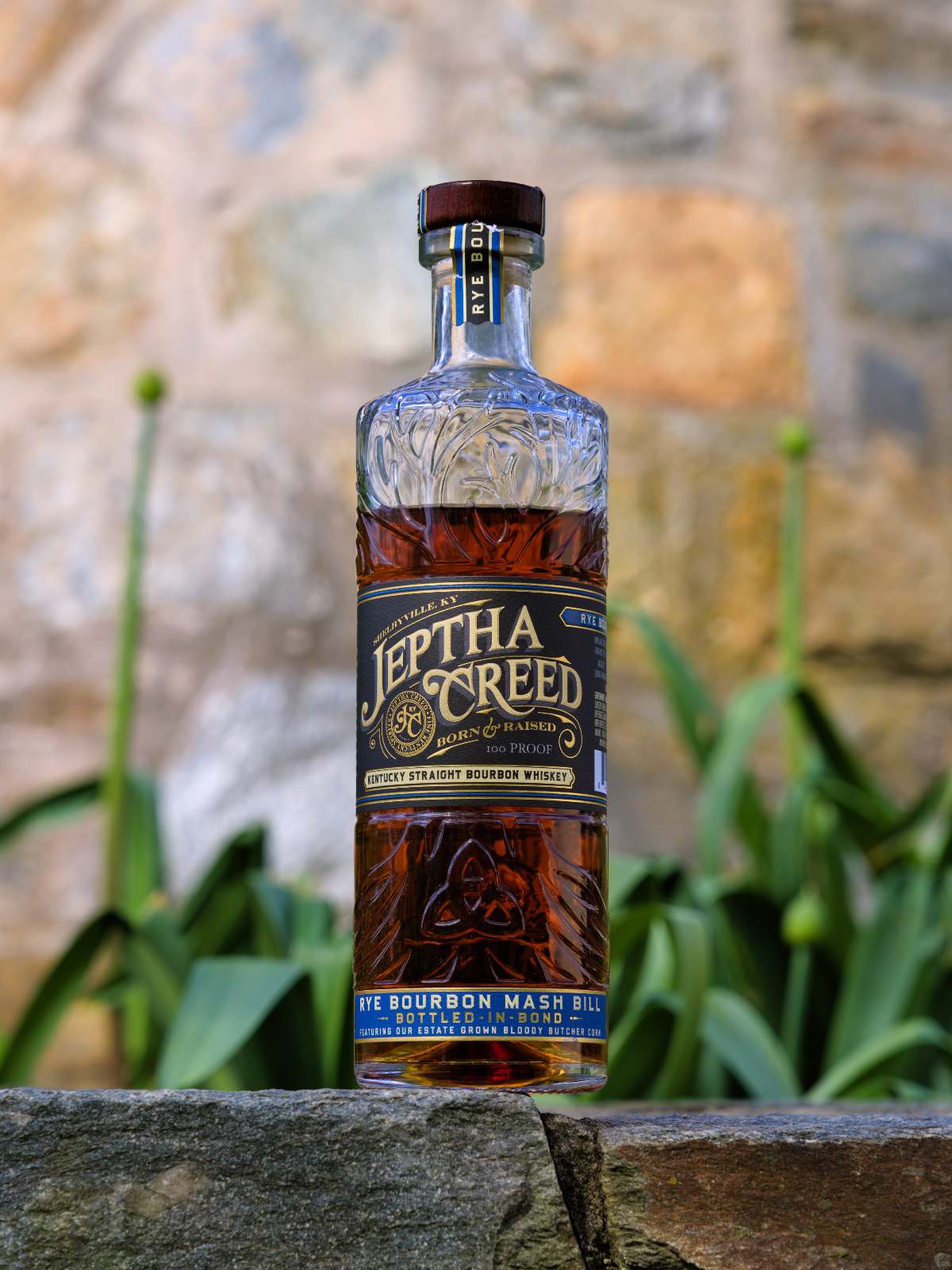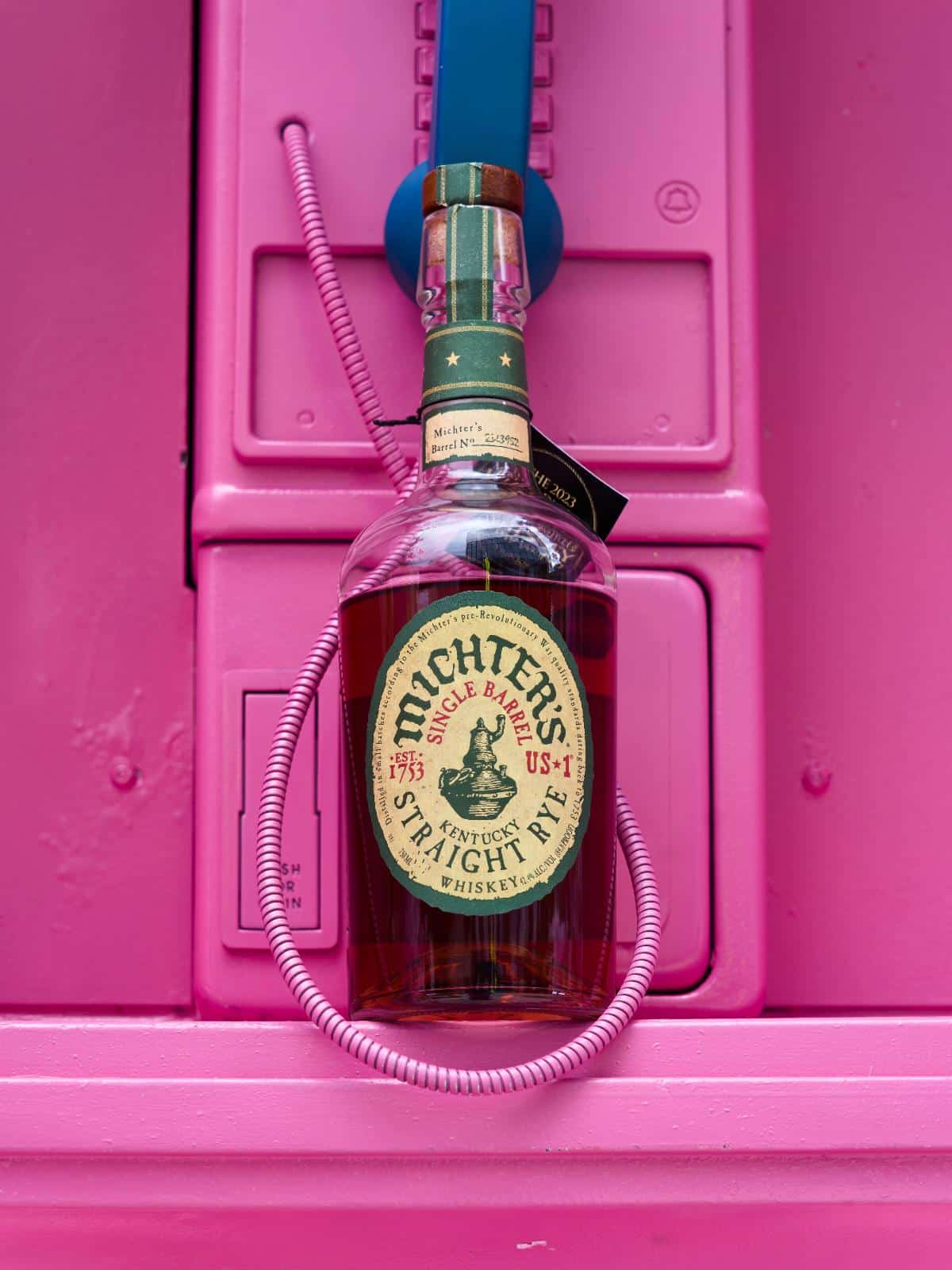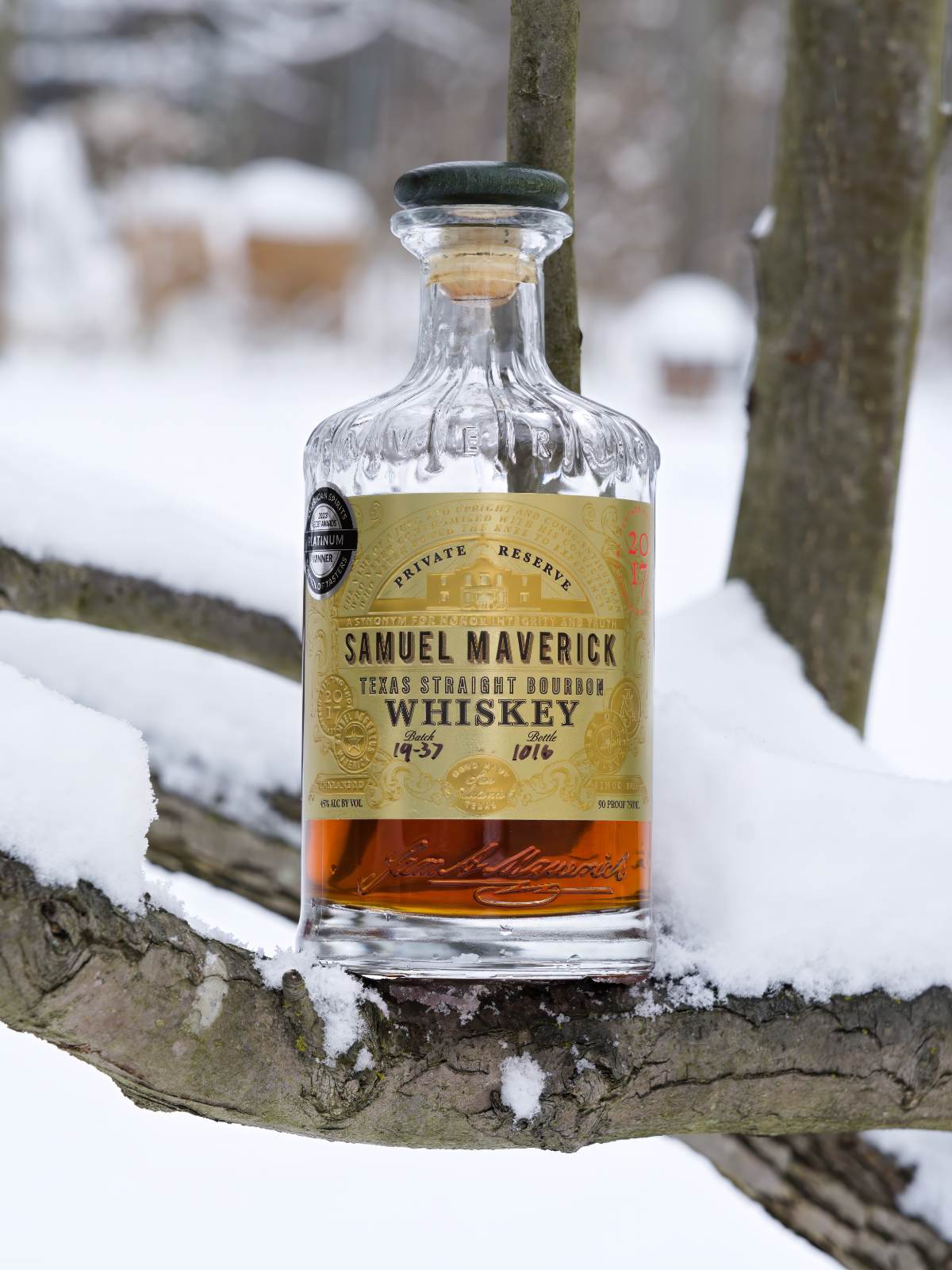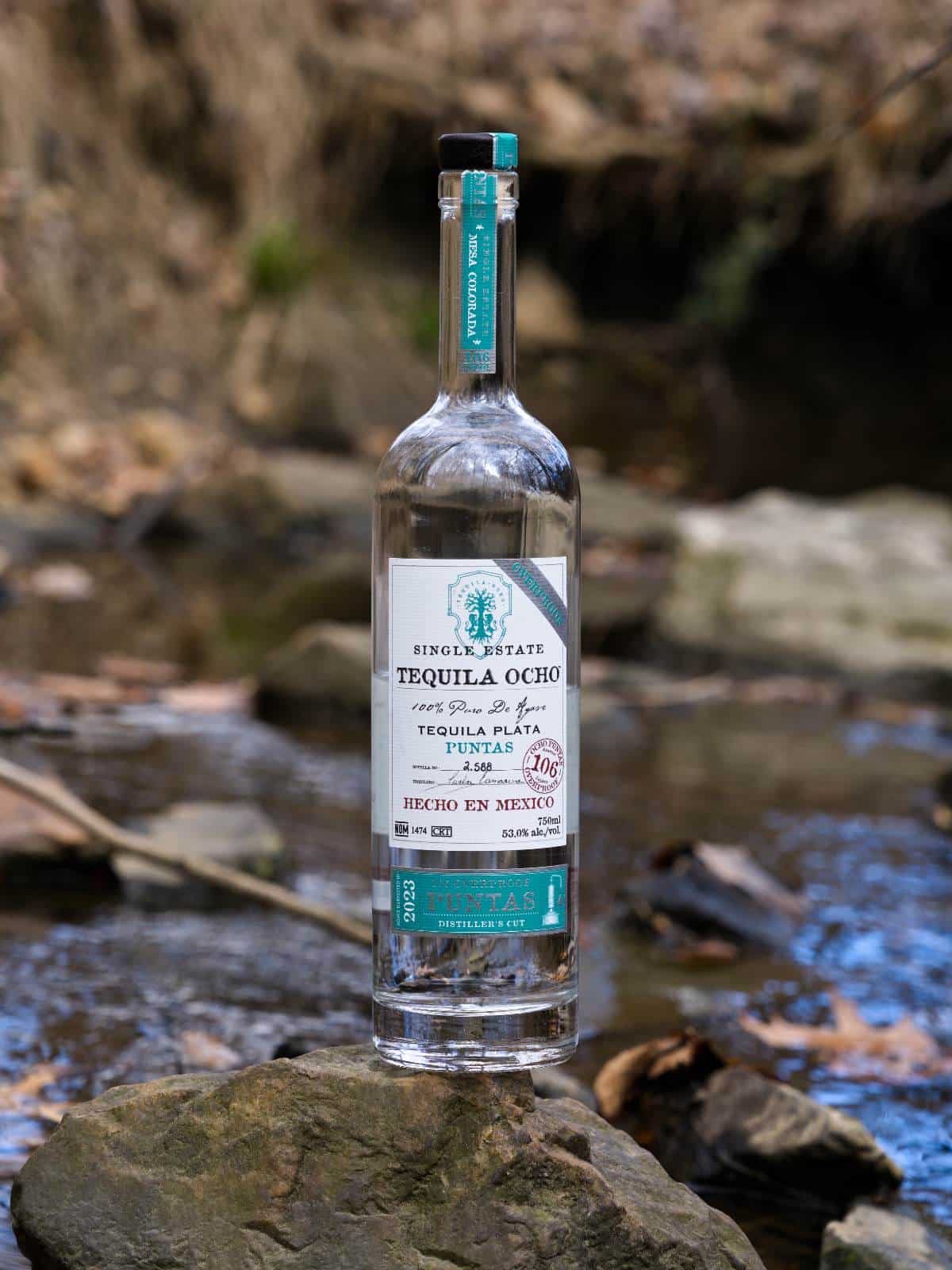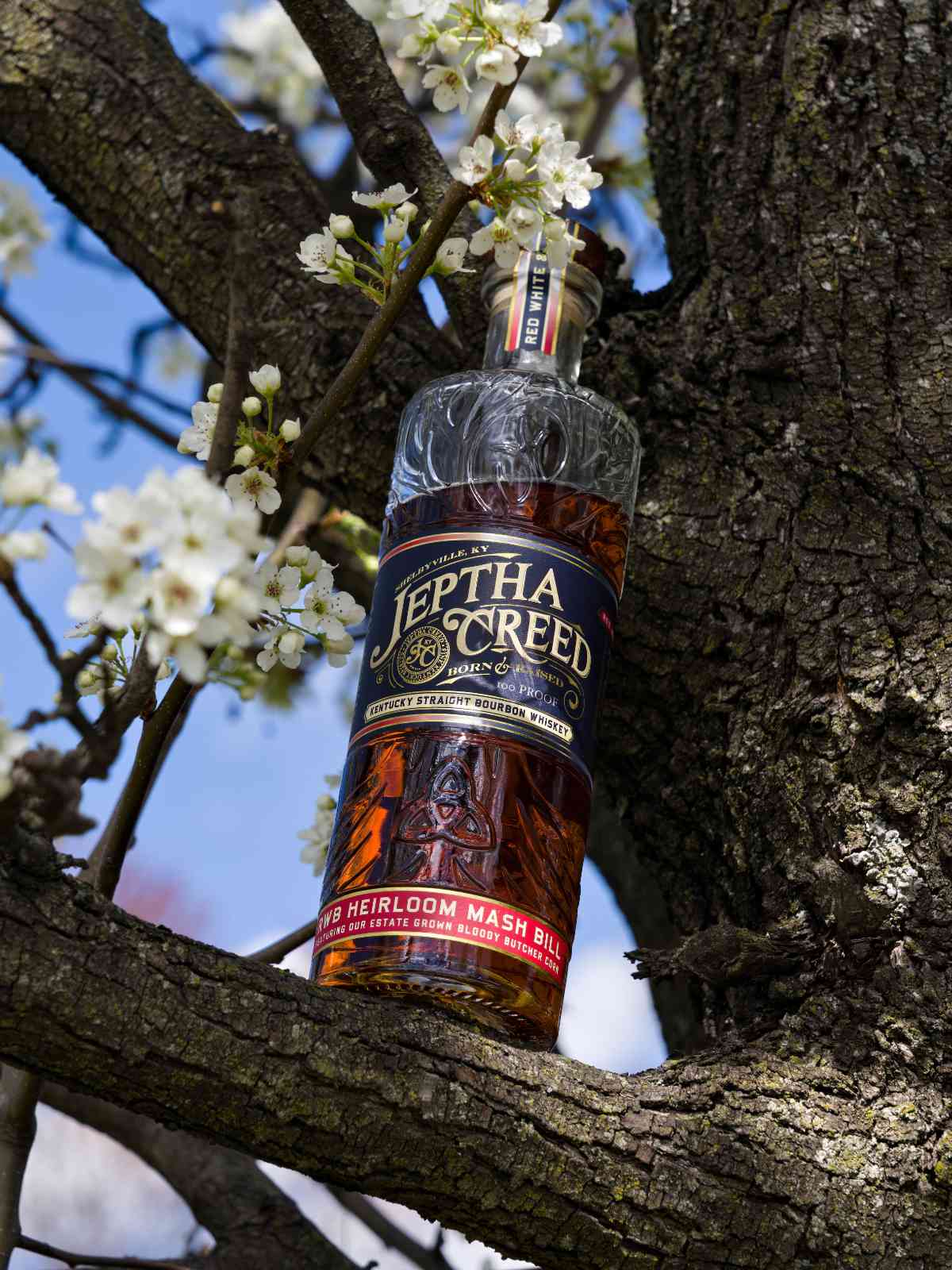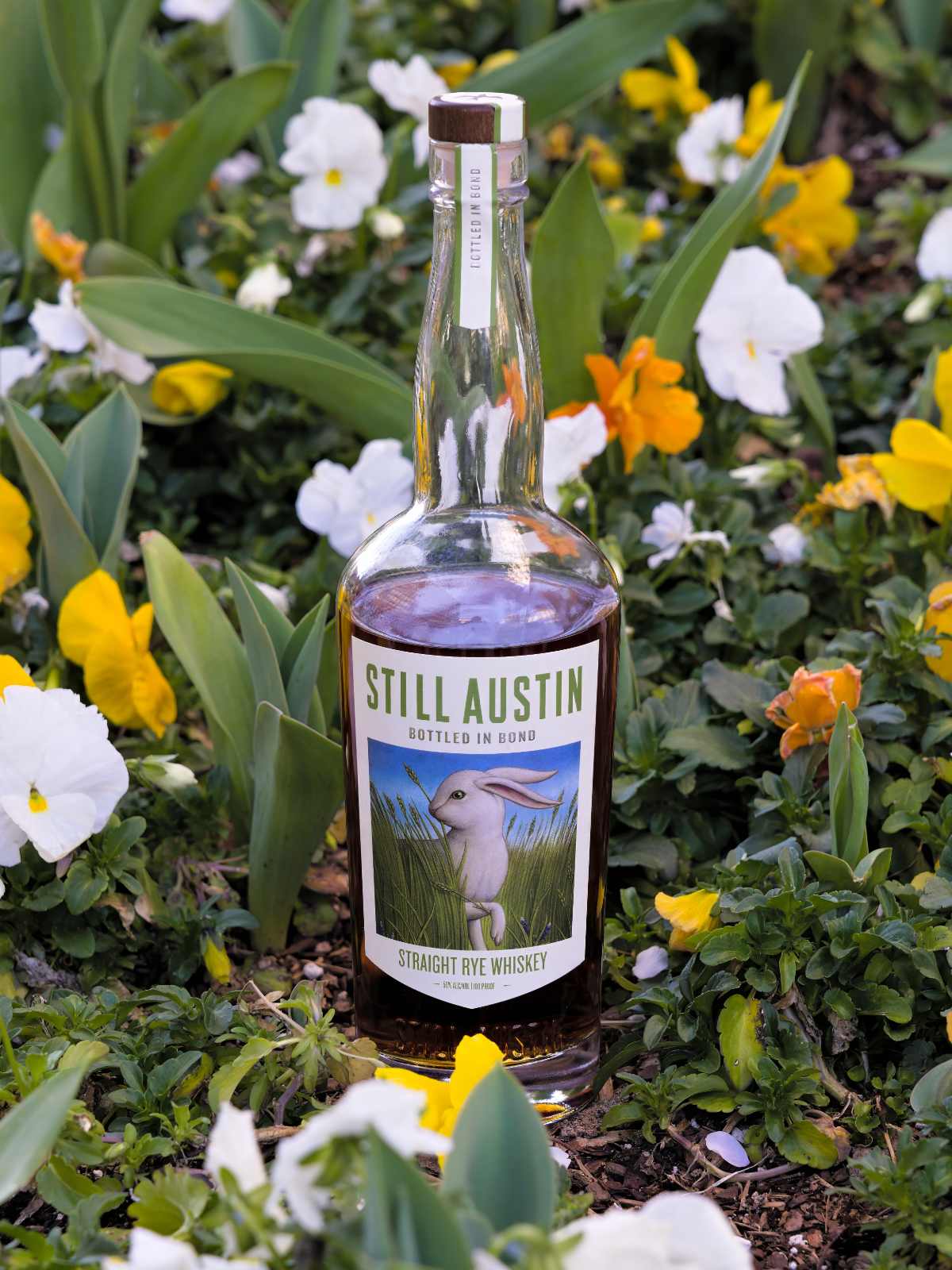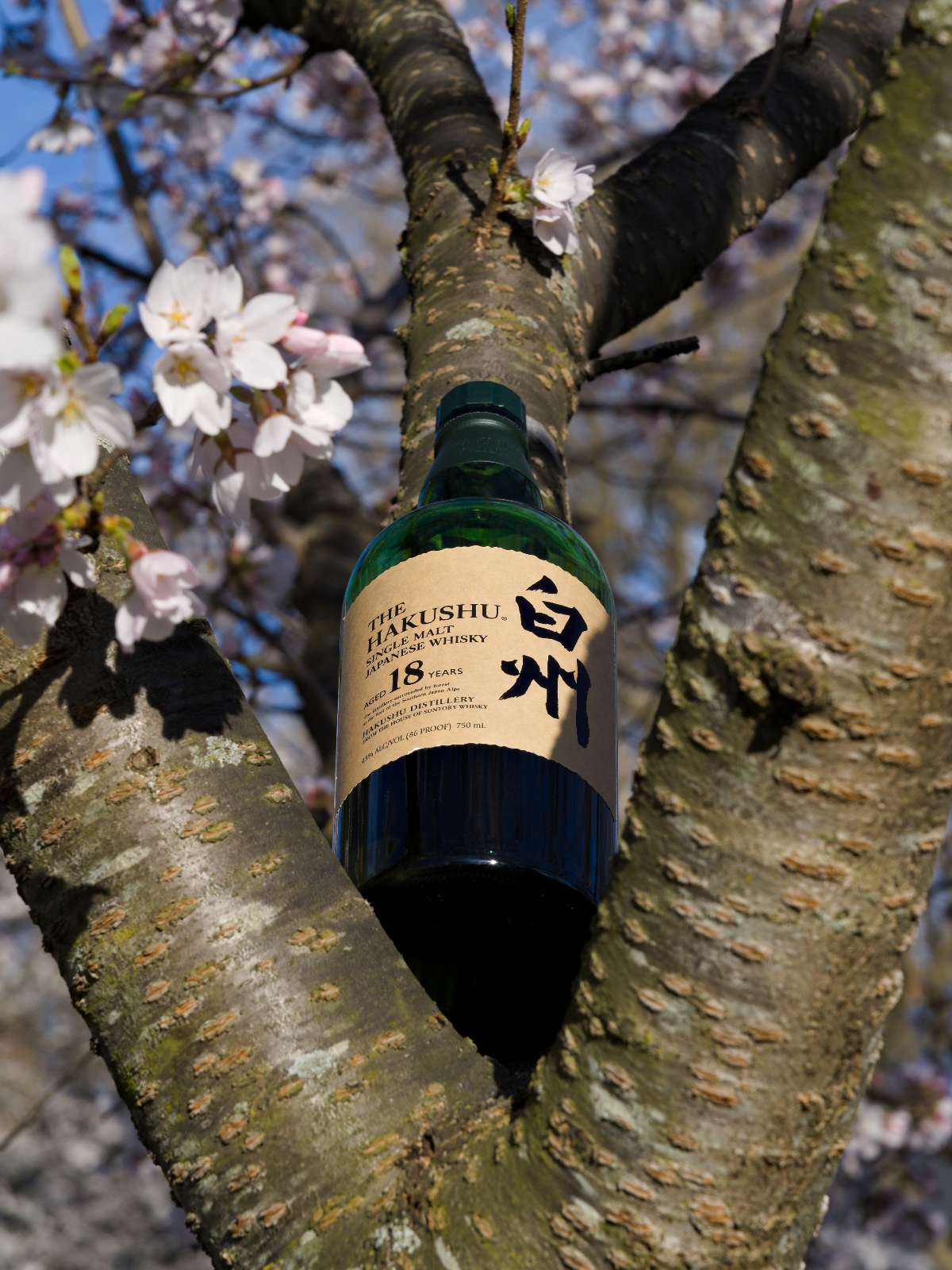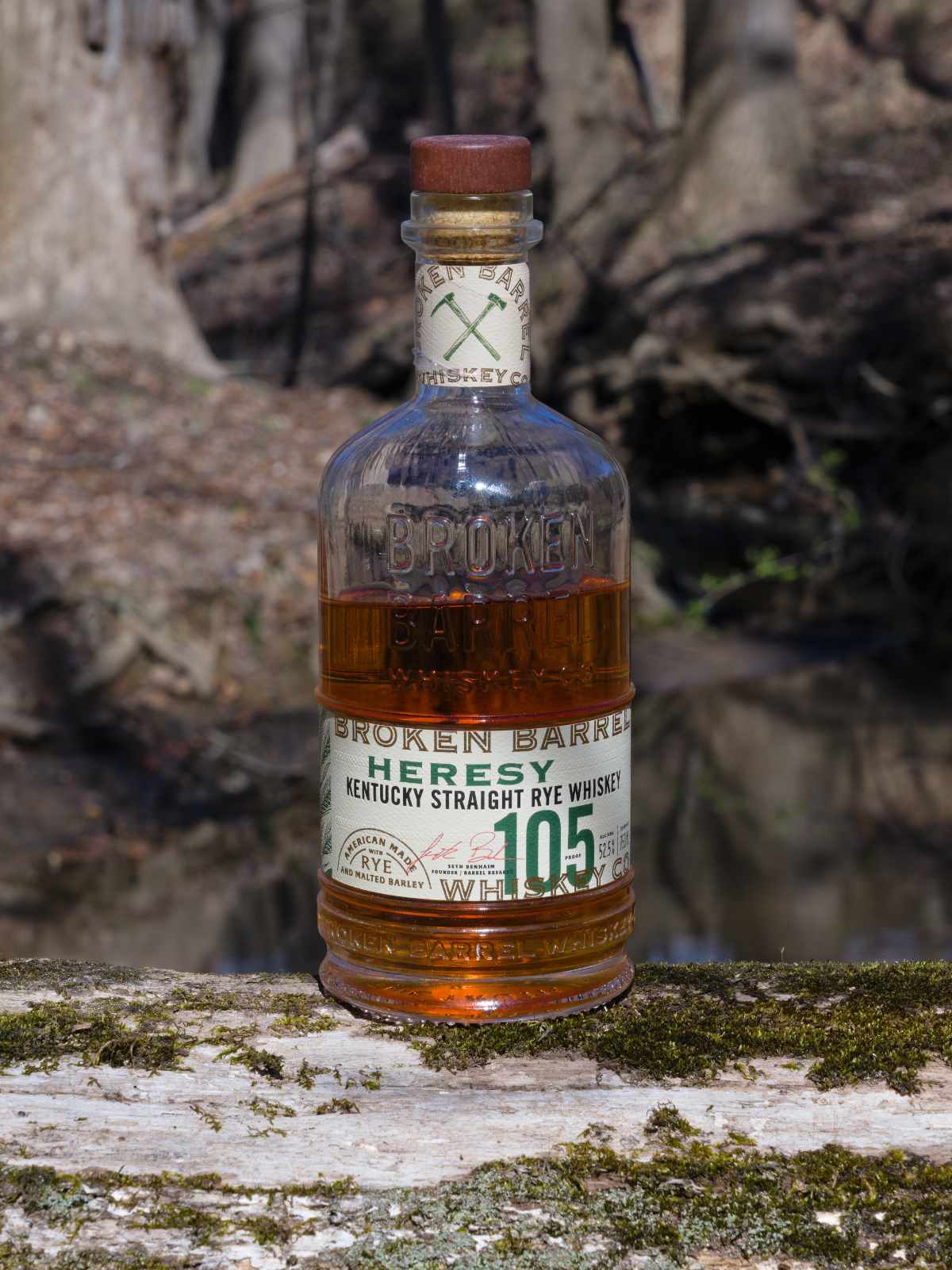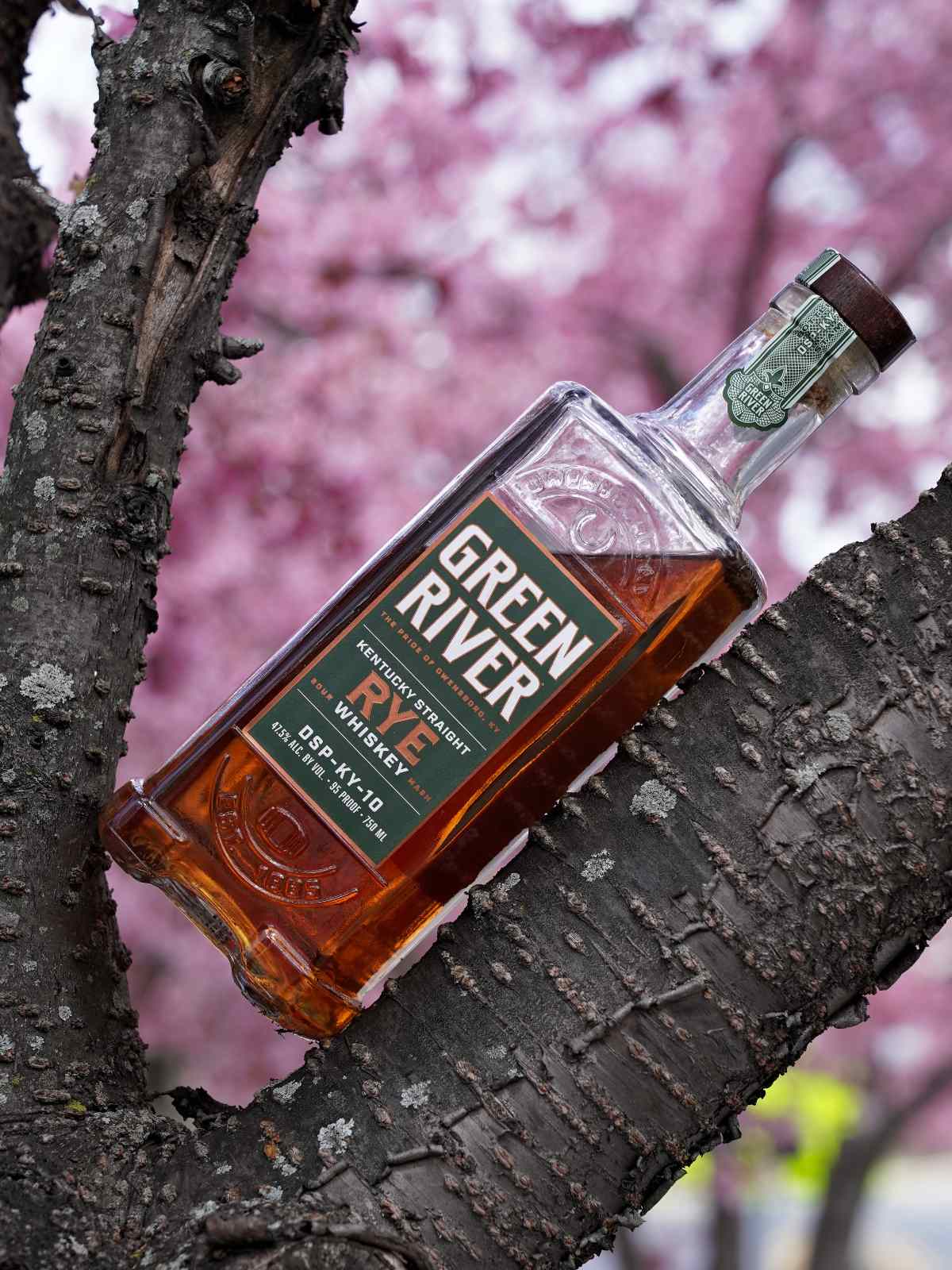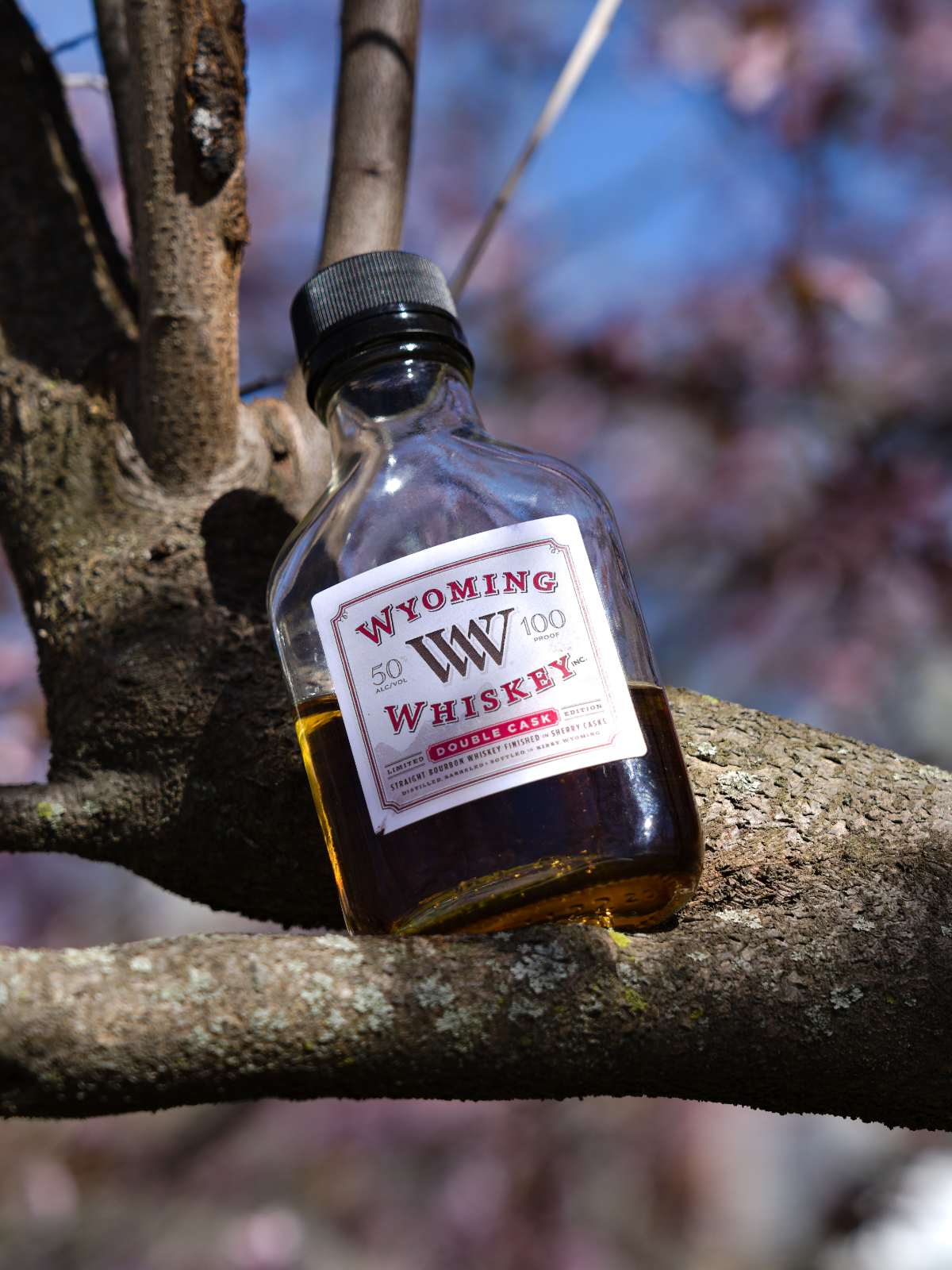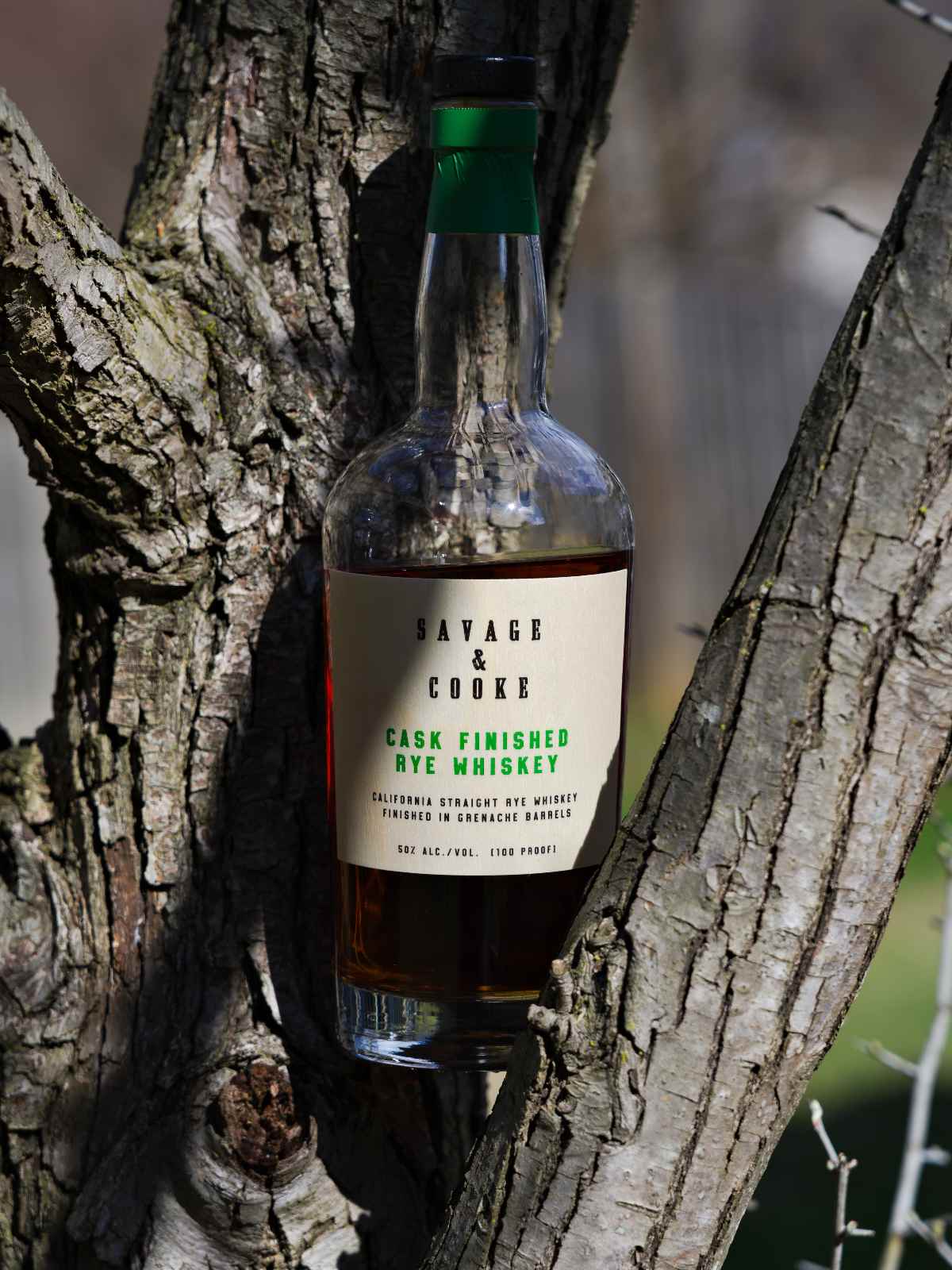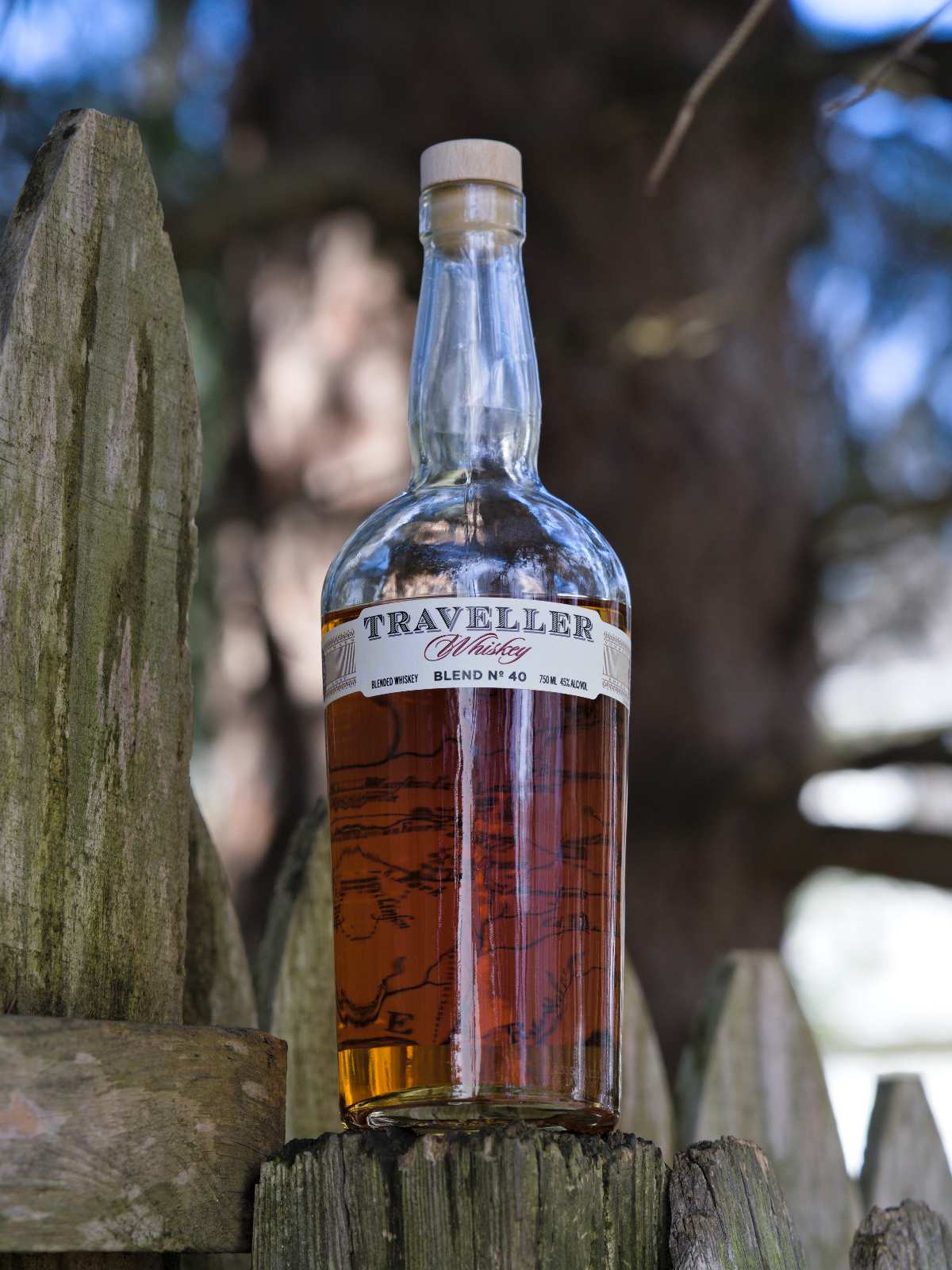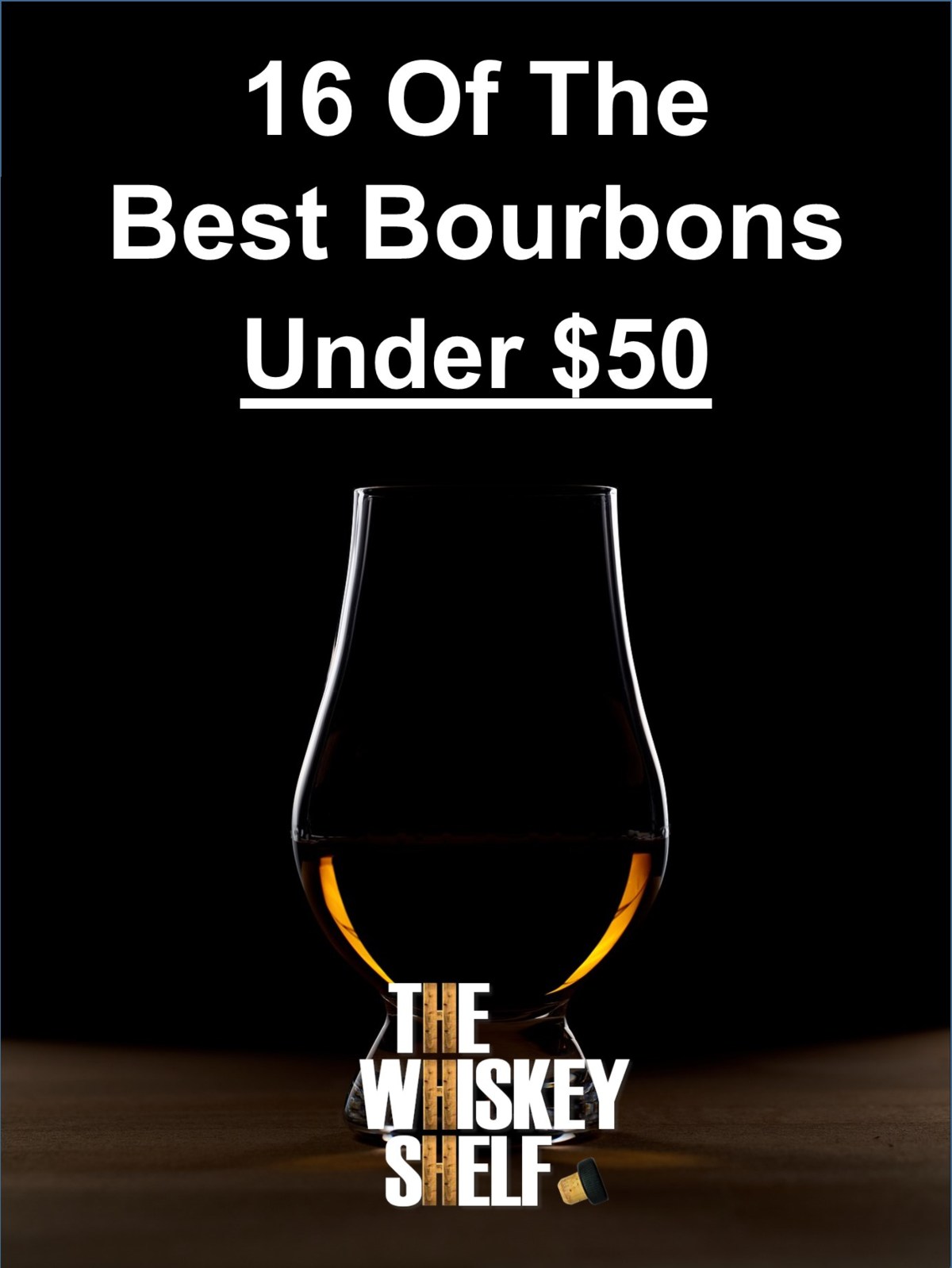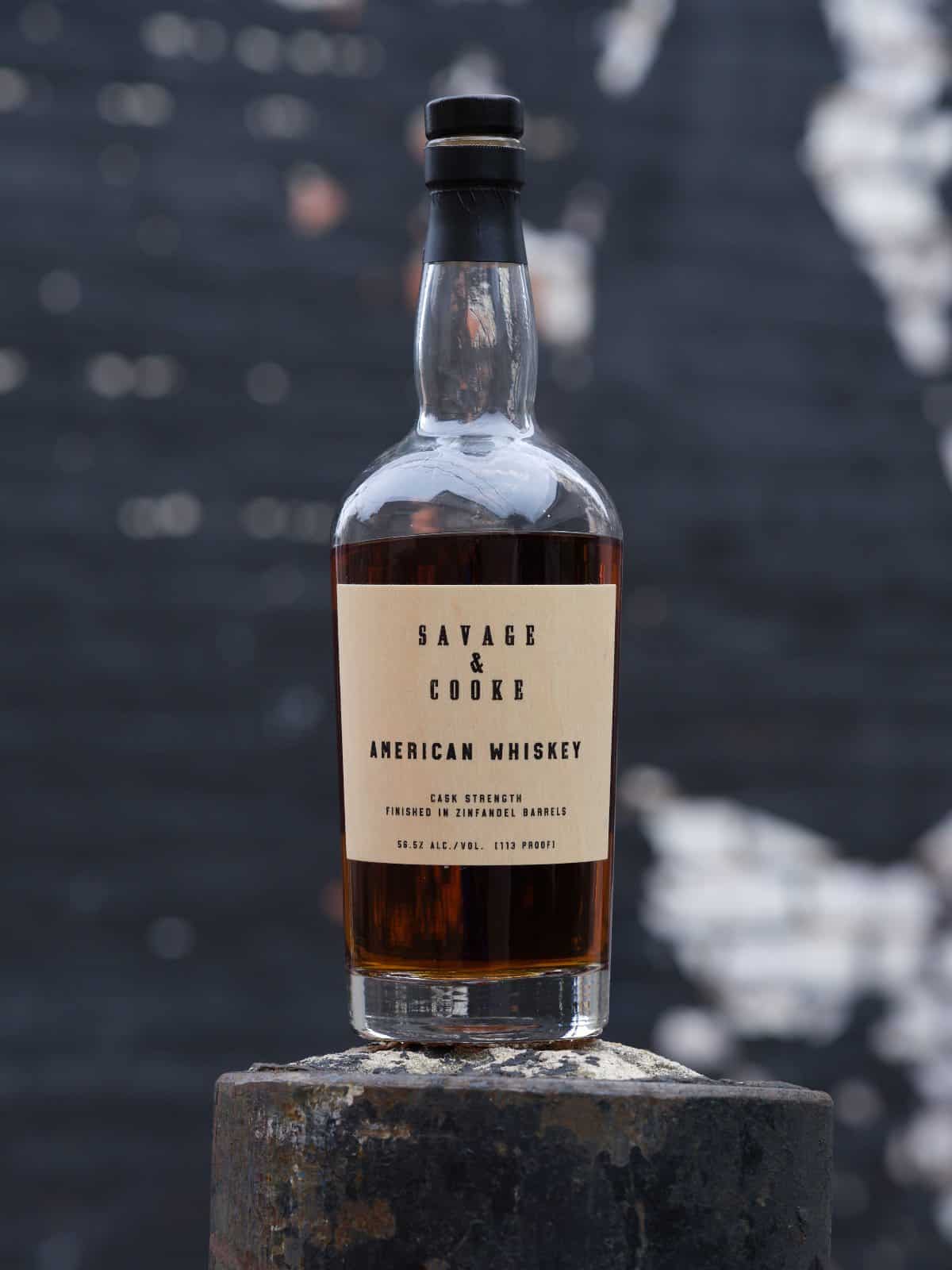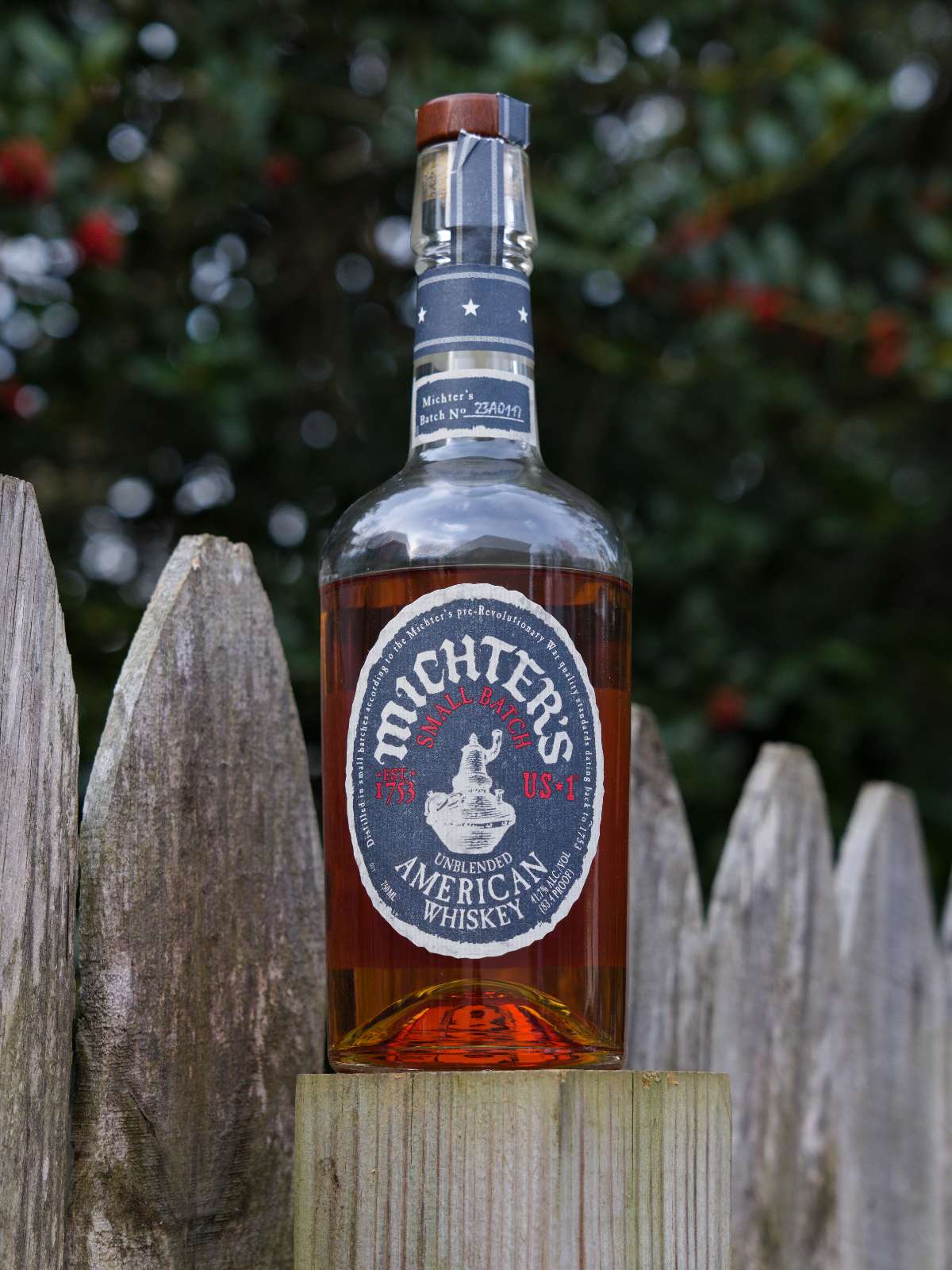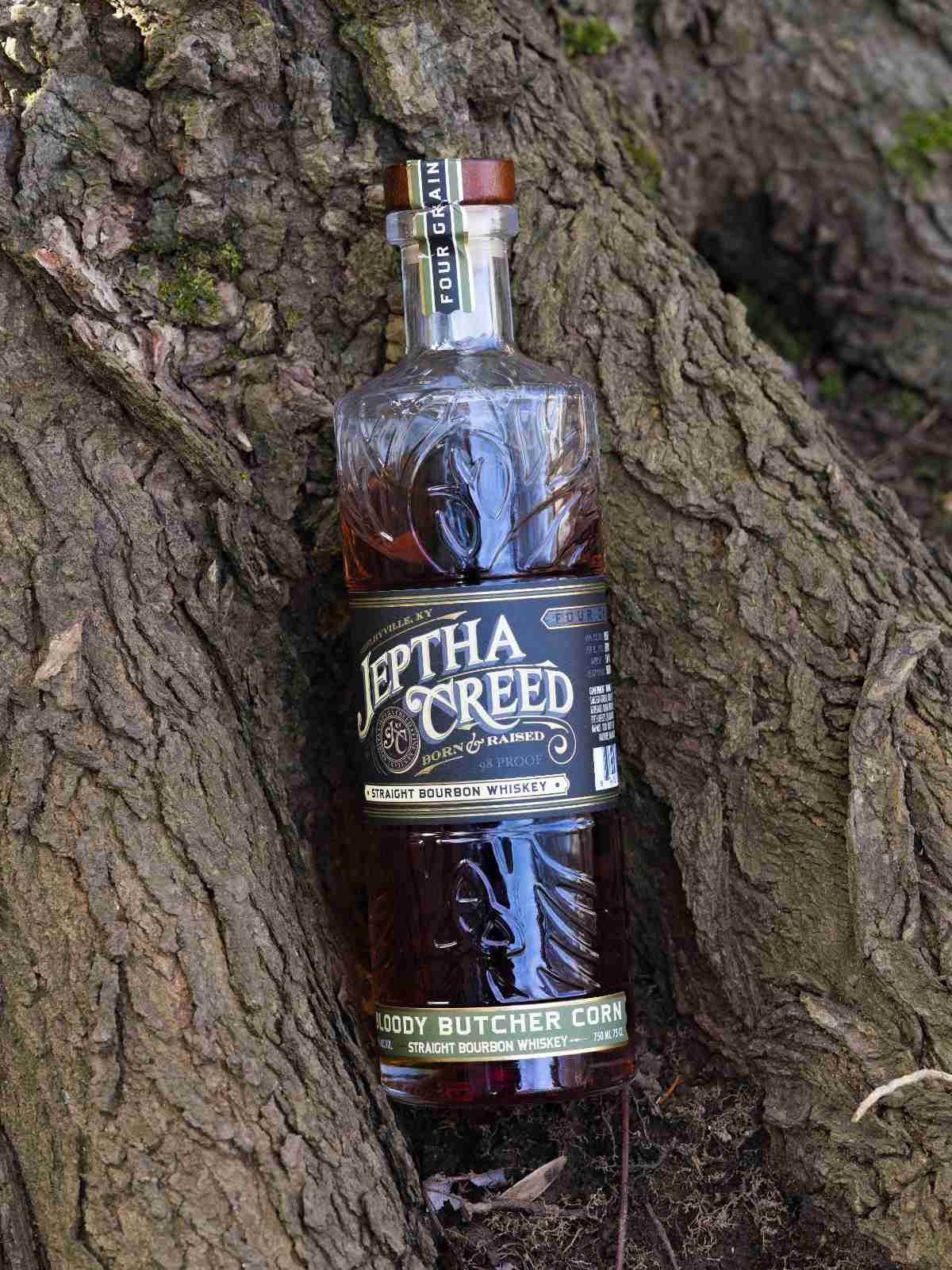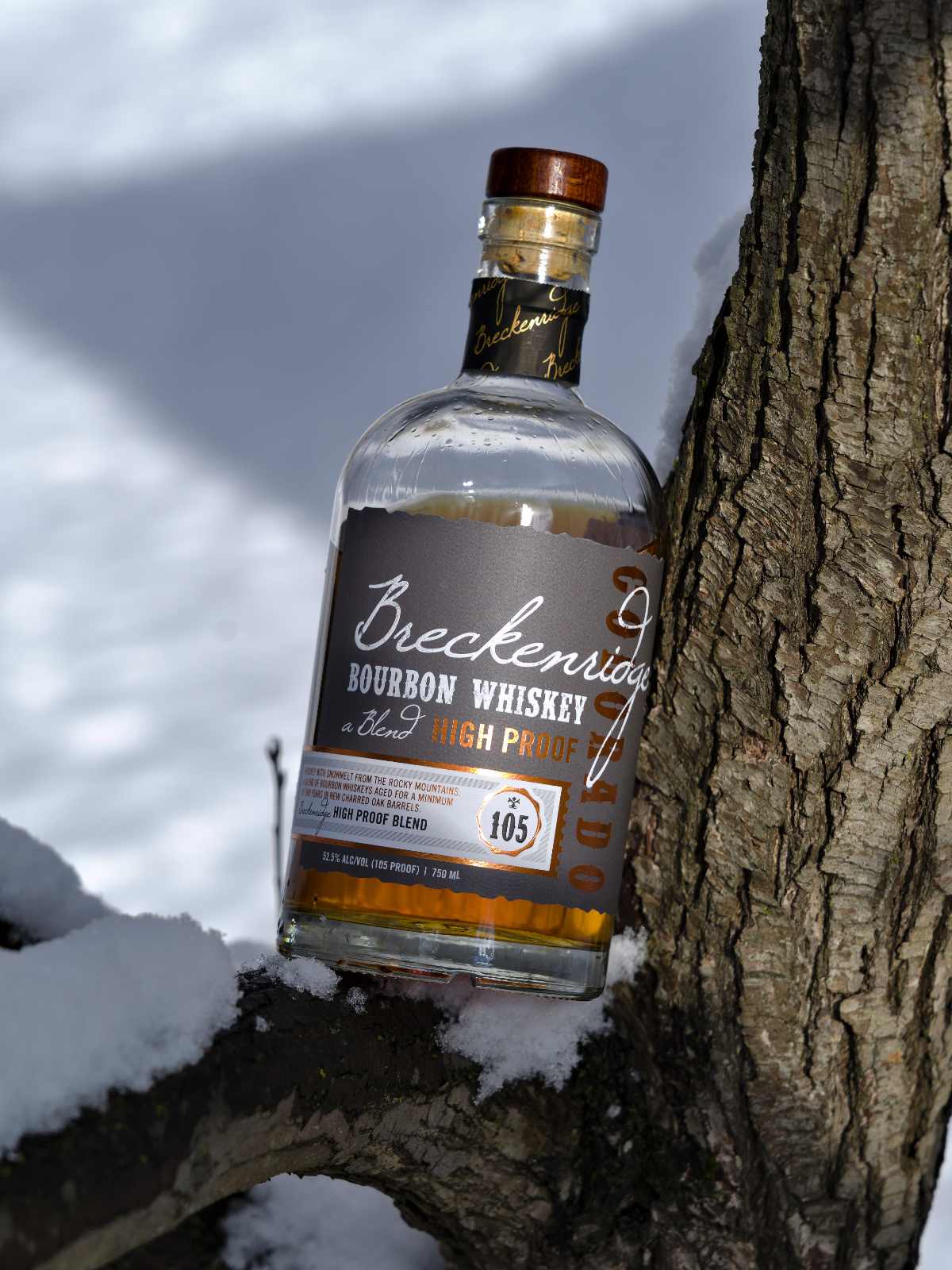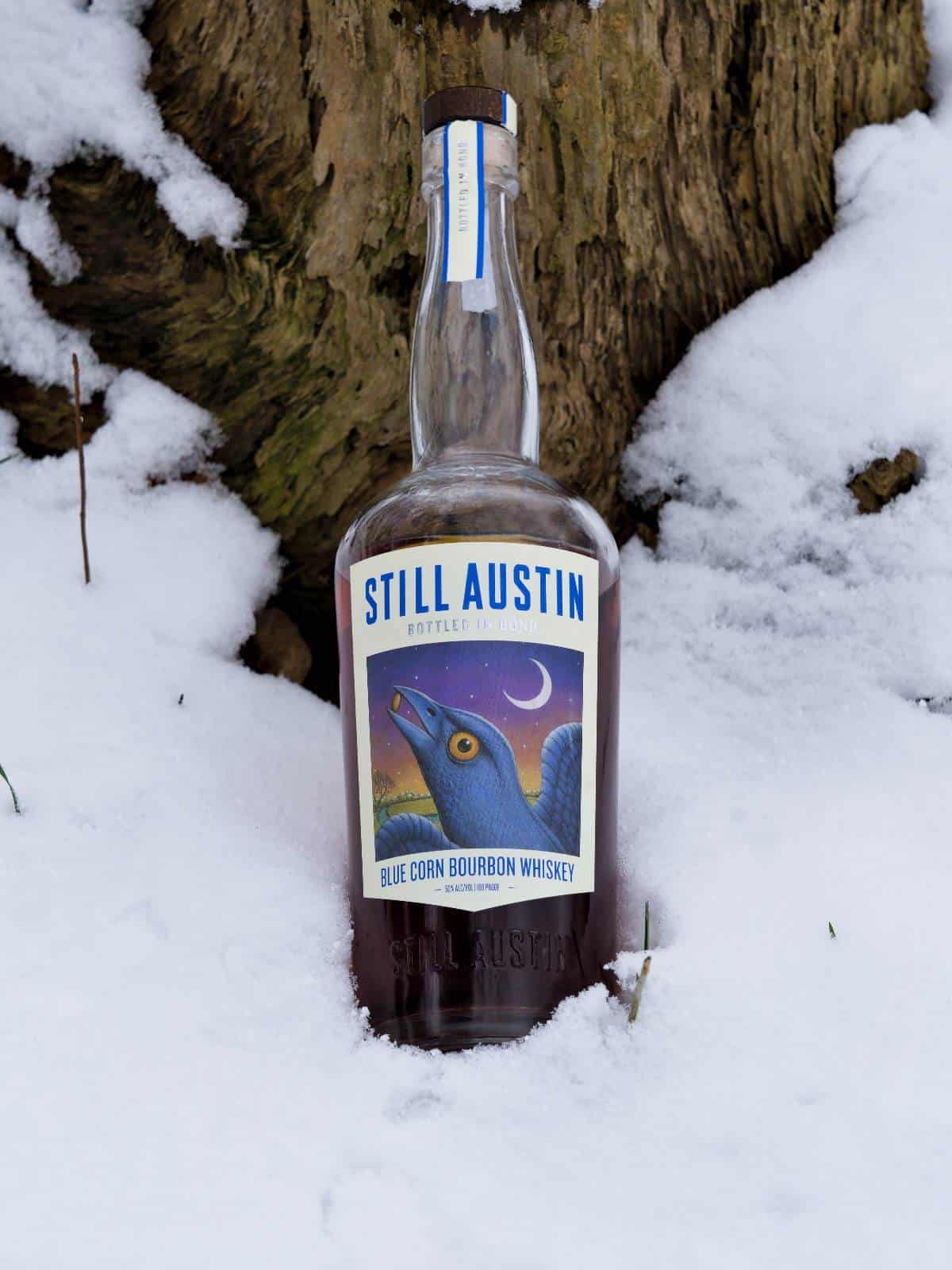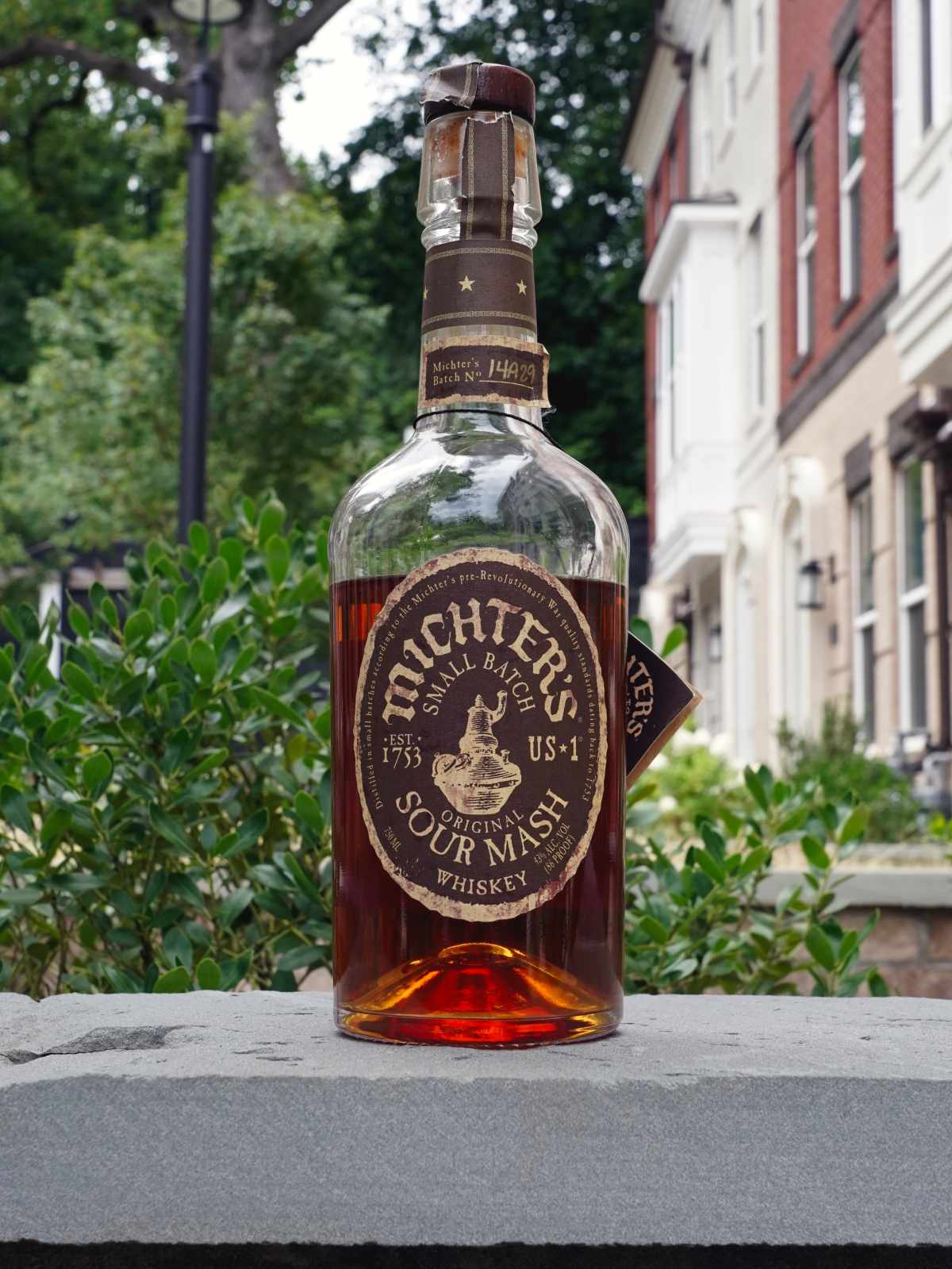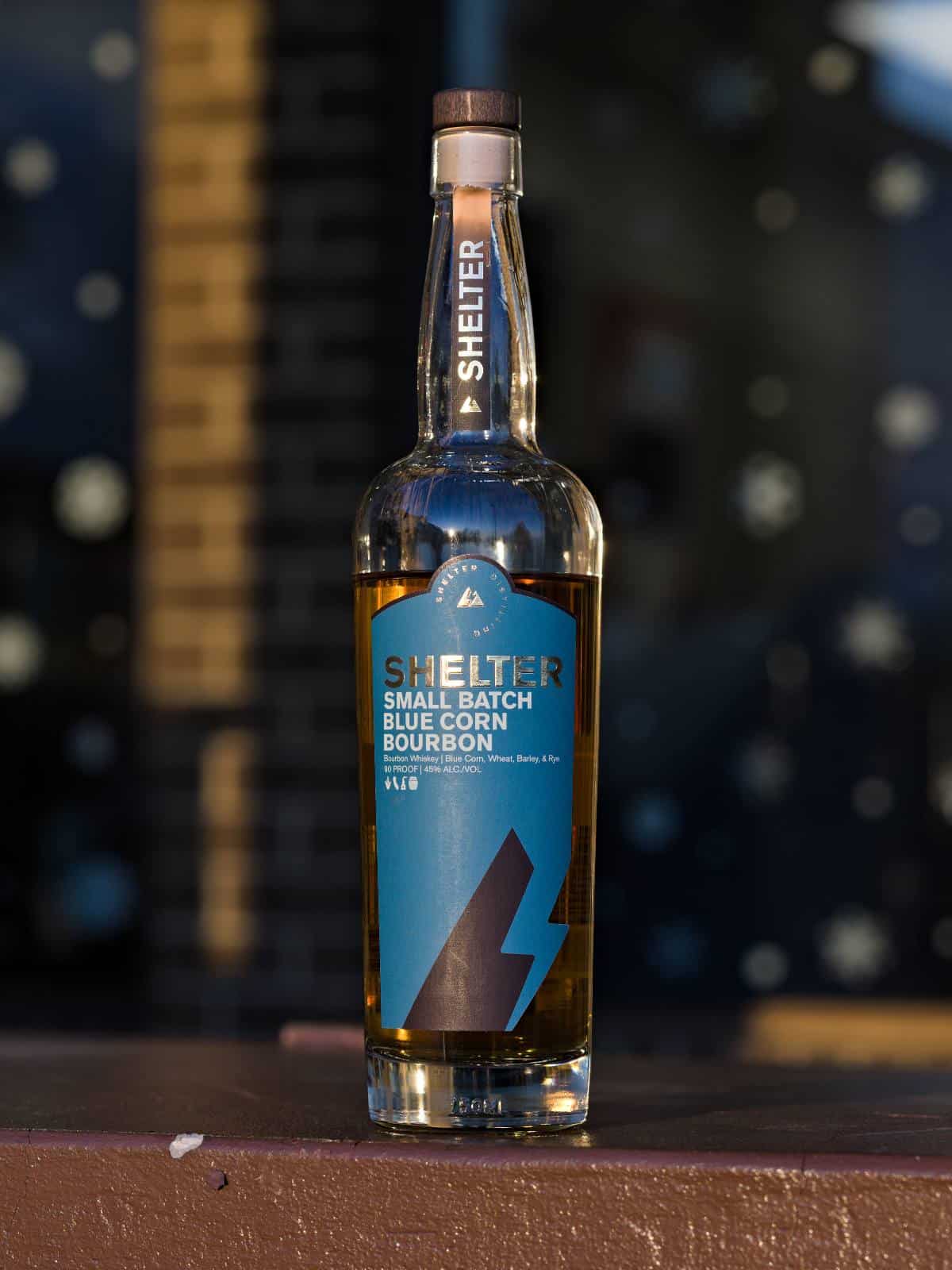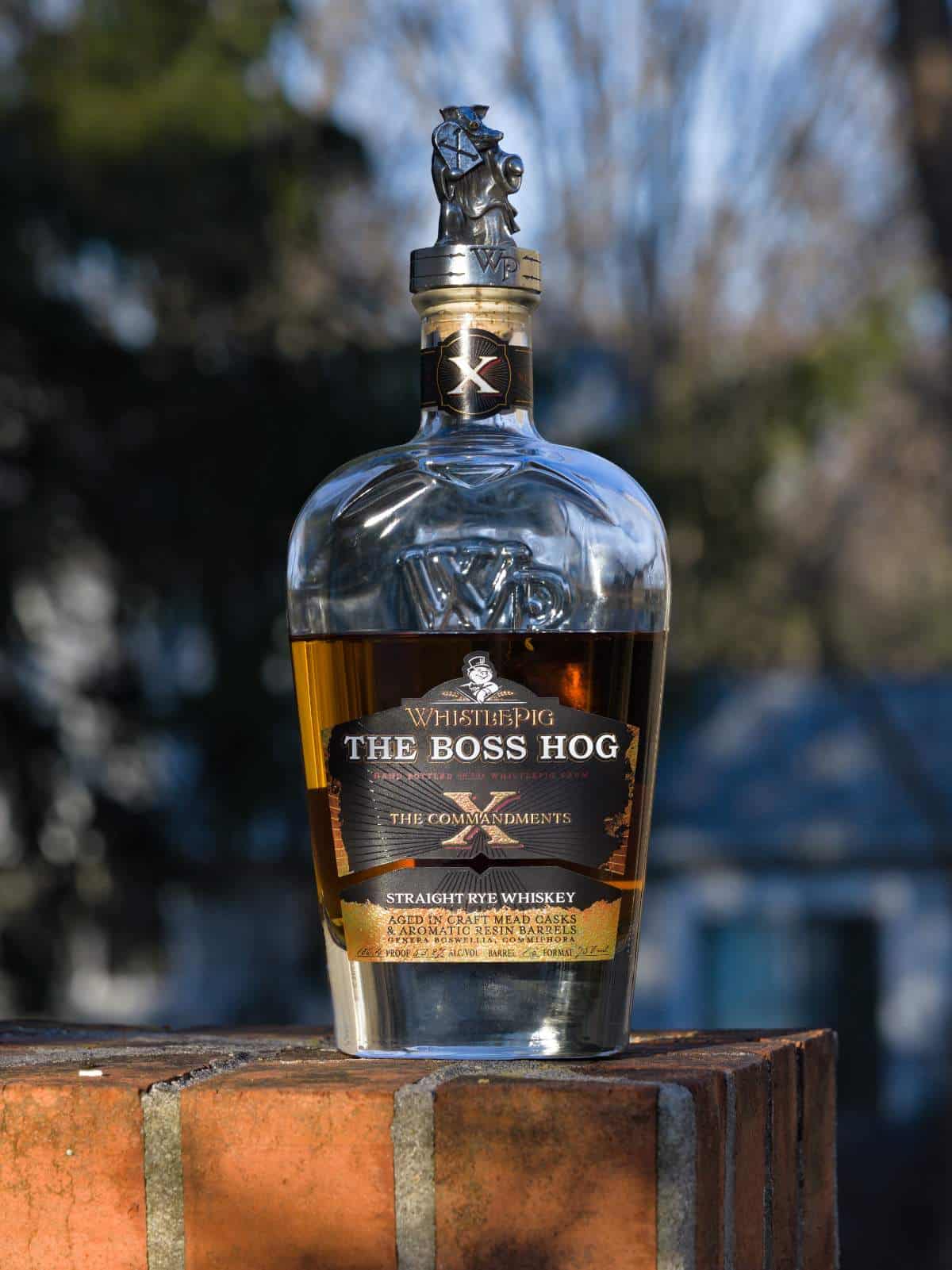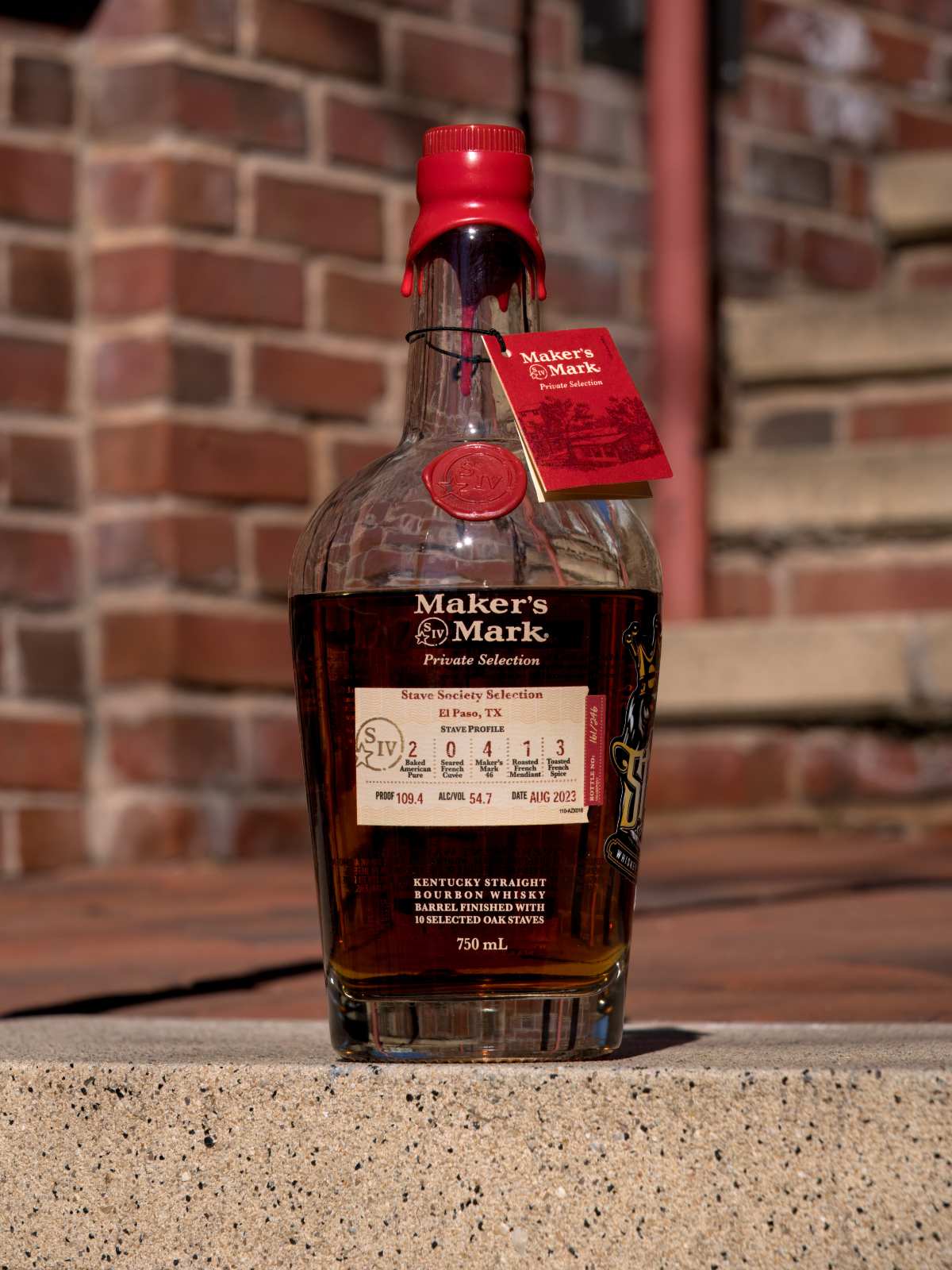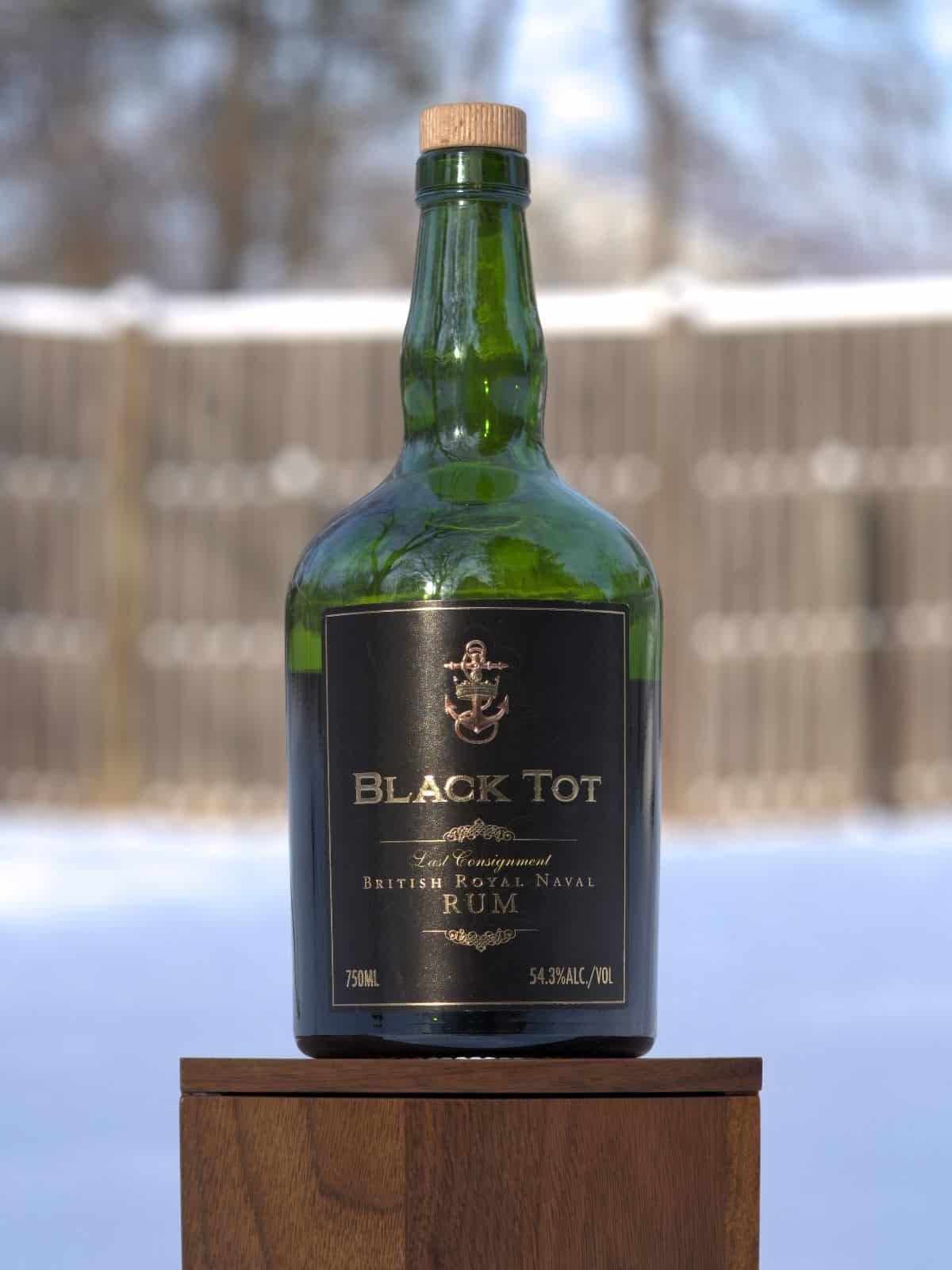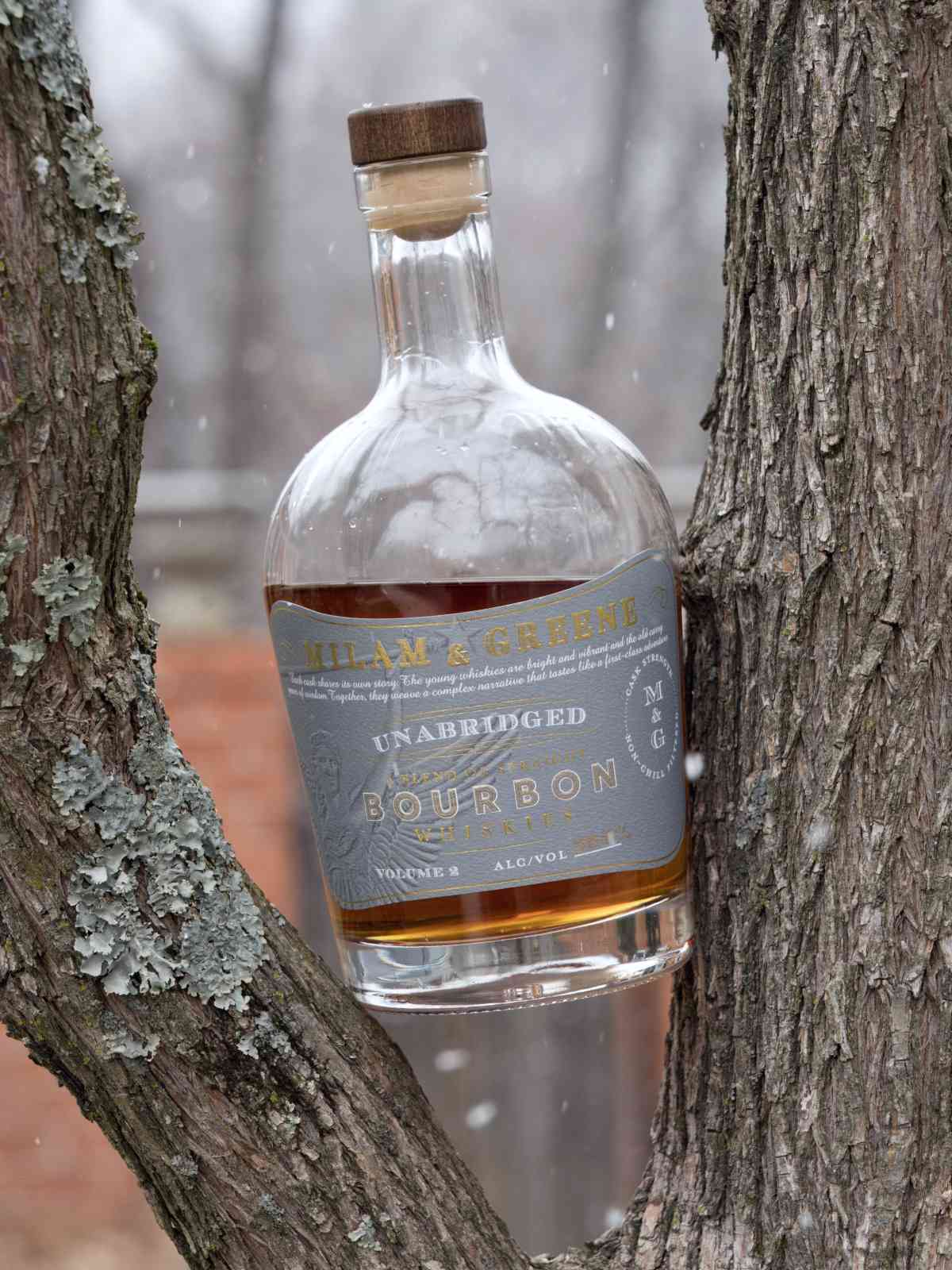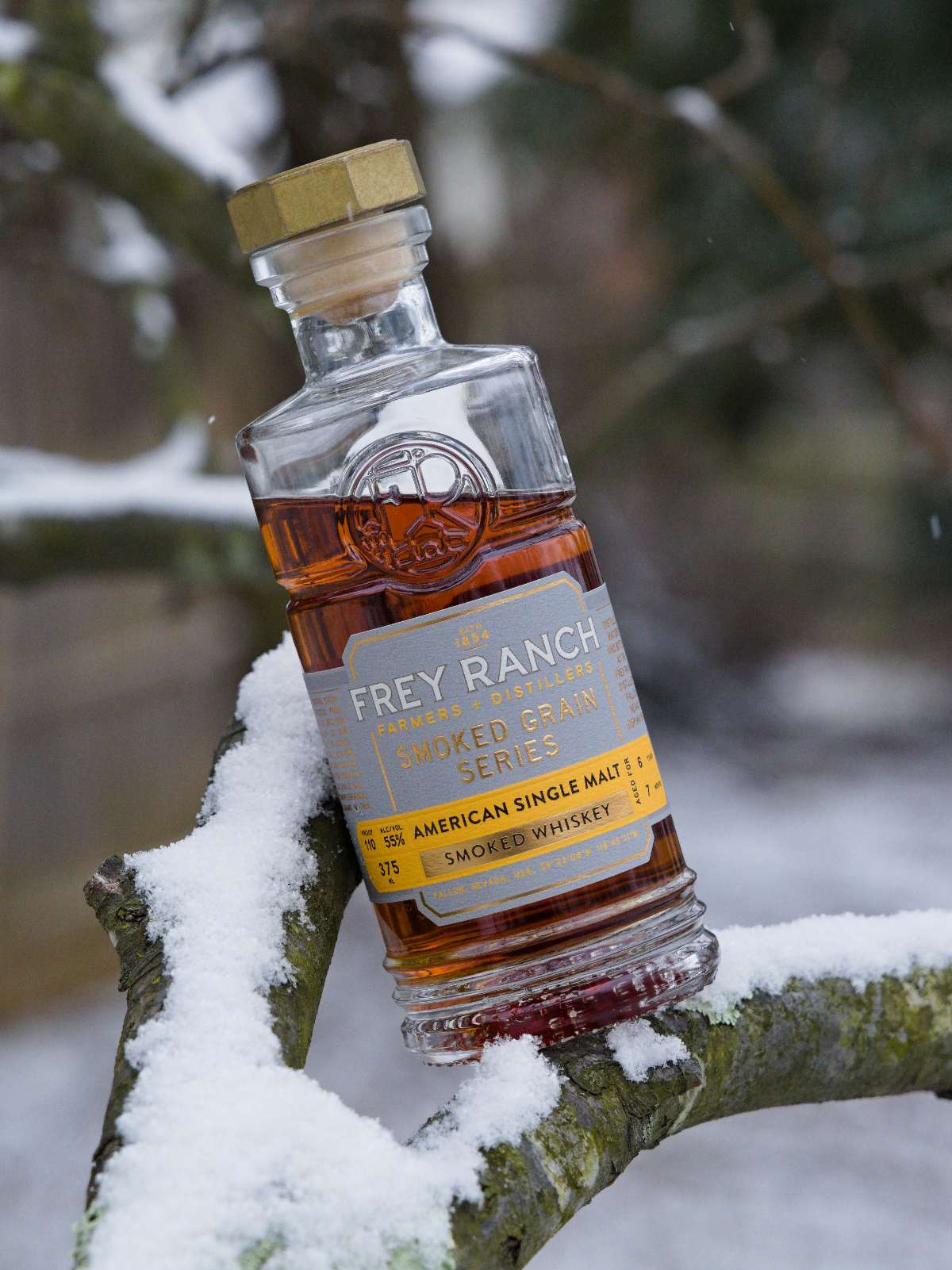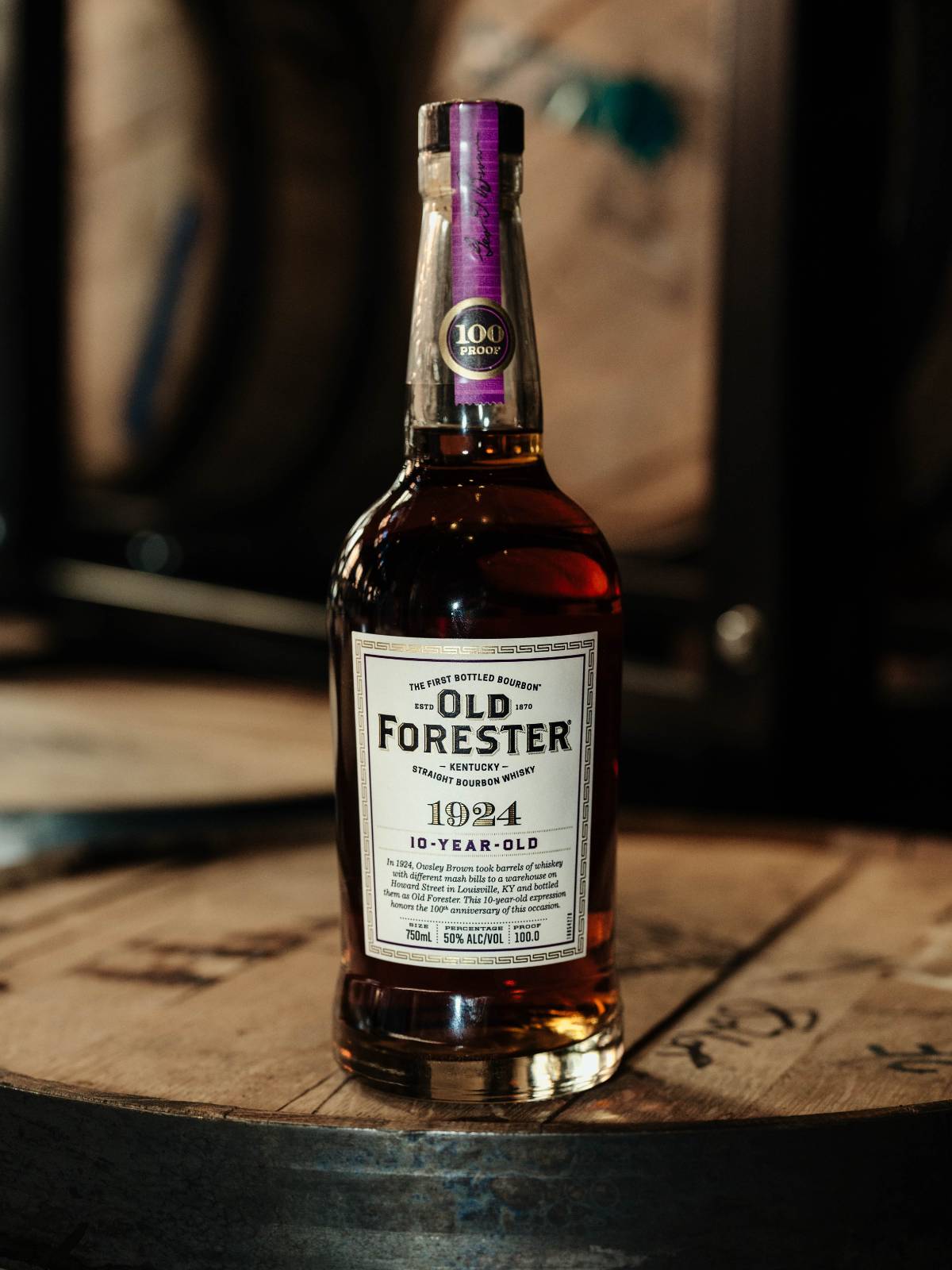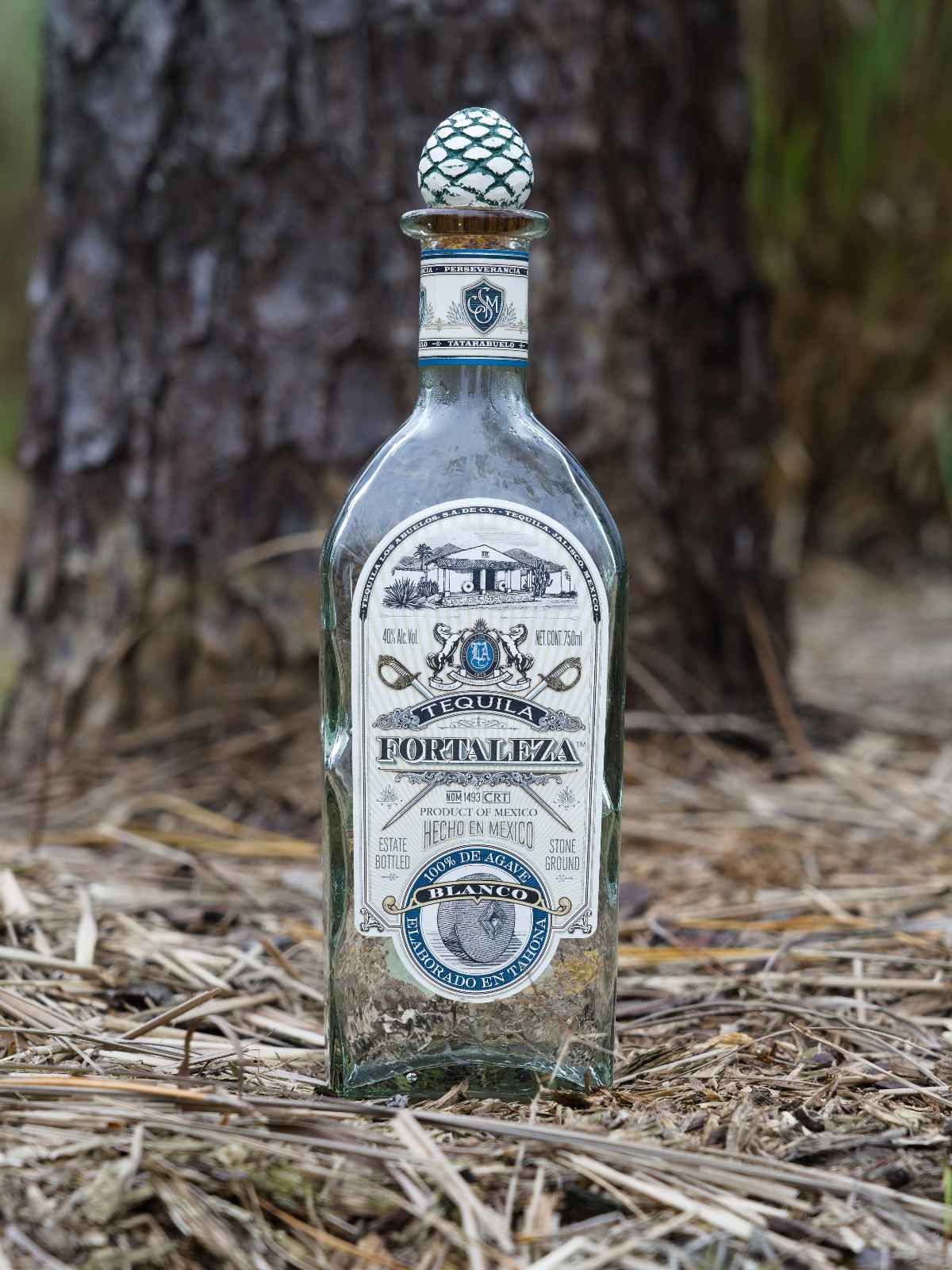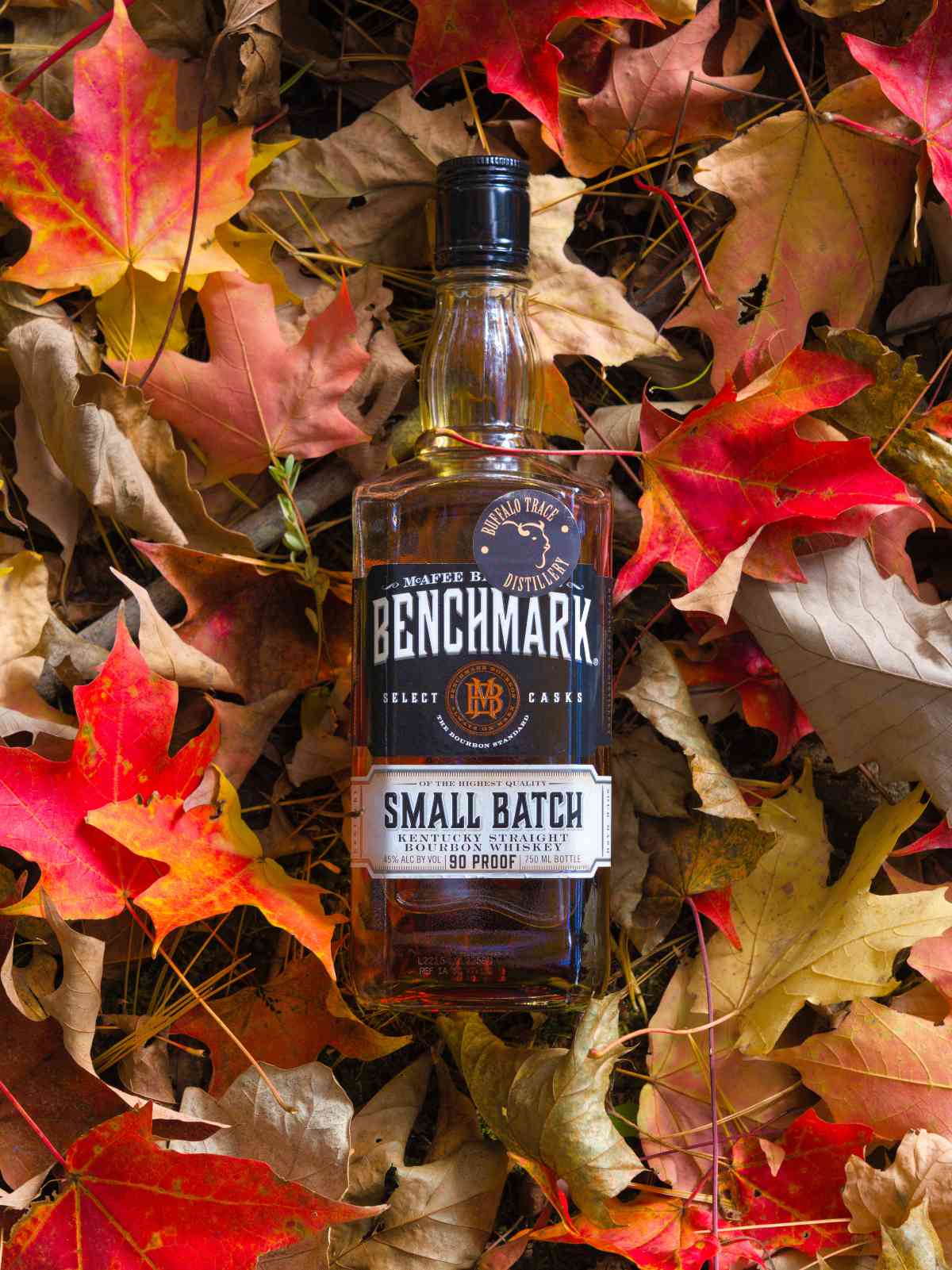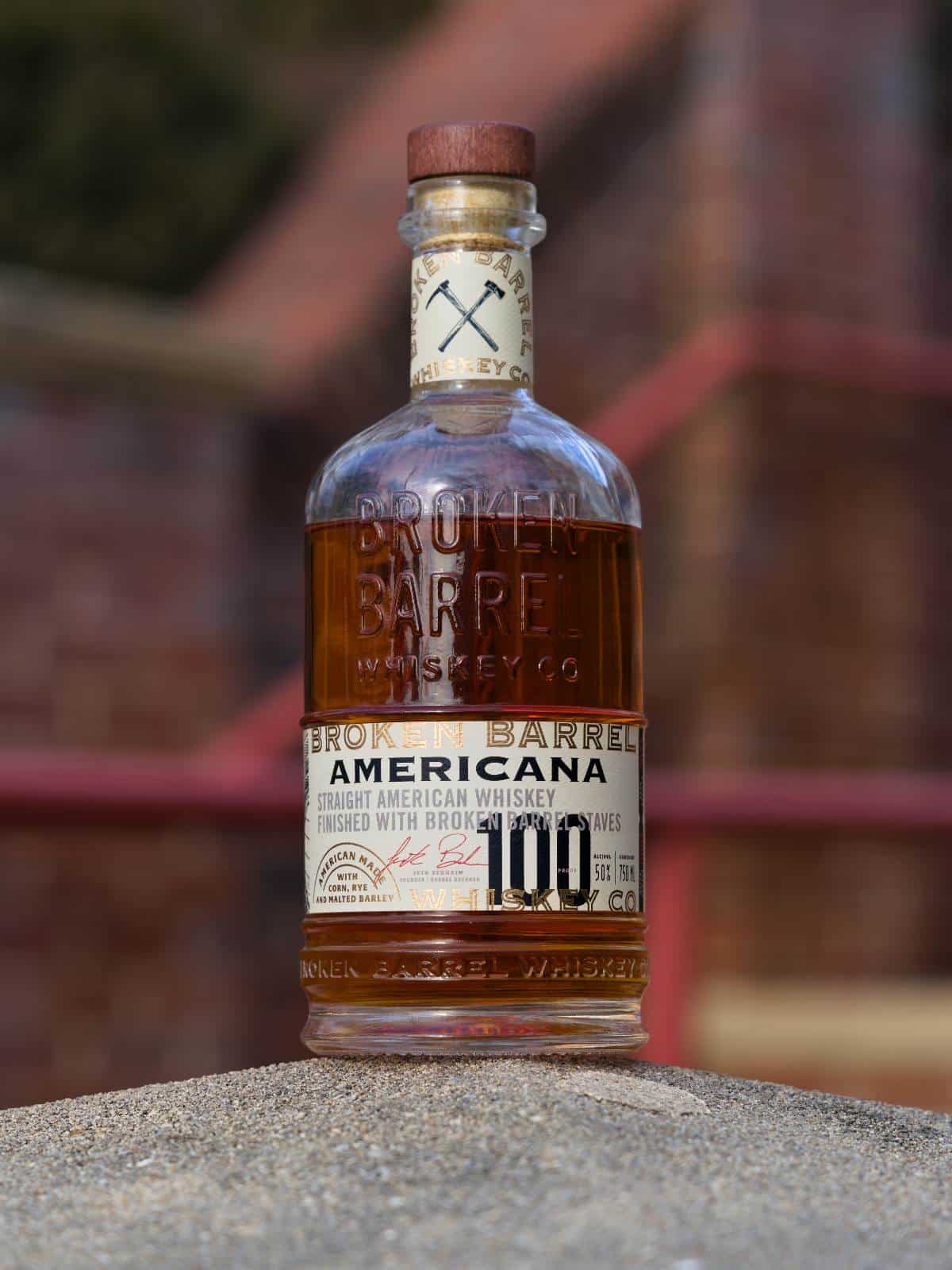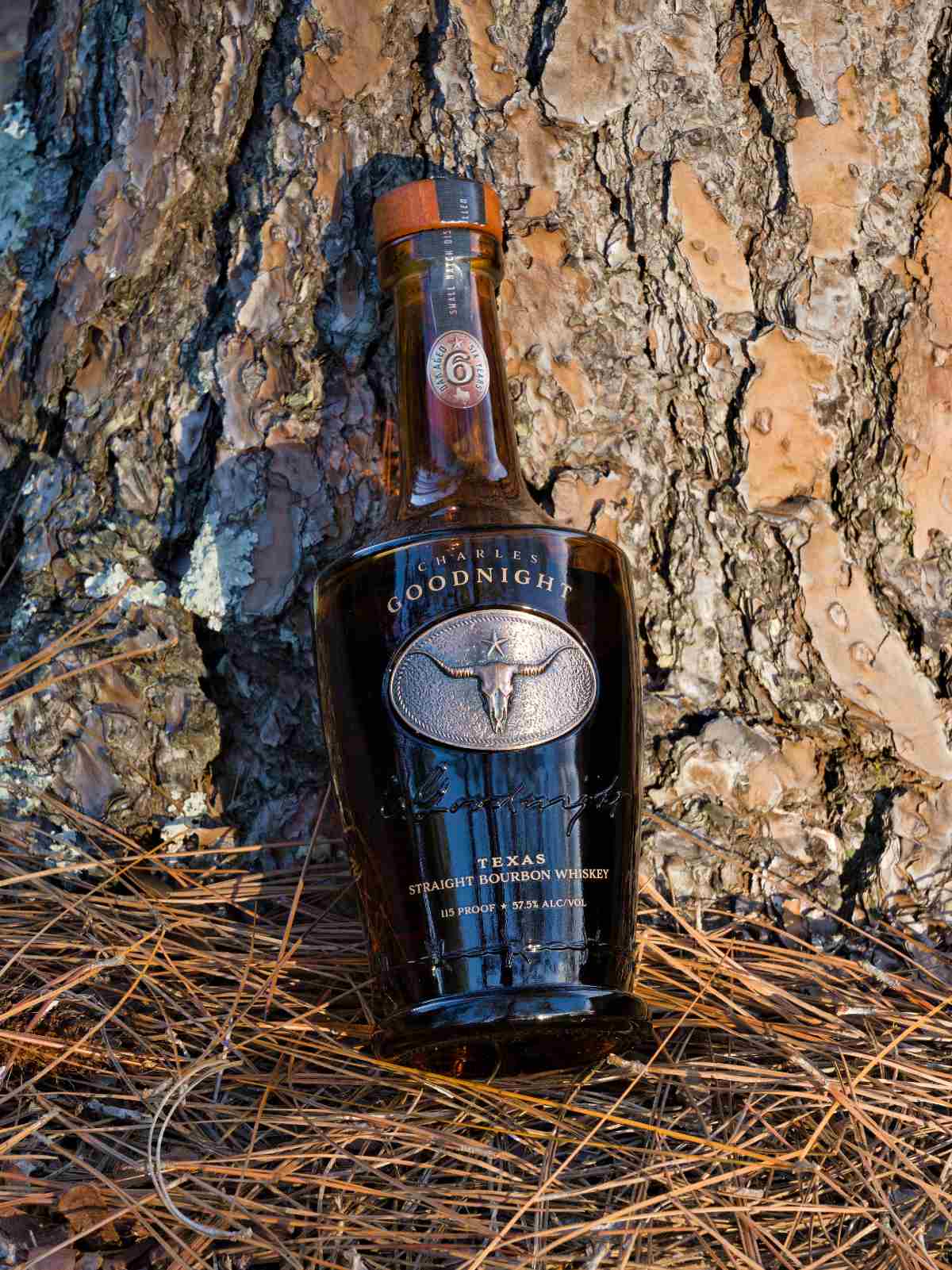Stagg Jr vs 1792 Full Proof Bourbon
Stagg Jr vs 1792 Full Proof Bourbon
Barton 1792 for the most part gets less attention, although the limited releases such as 1792 Sweet Wheat, Port Finish, High Rye, and 12 Year get varying levels of elevated attention.
One thing they do have in common is that Buffalo Trace and 1792 both offer a high proof bourbon in the $50-60 MSRP range: Buffalo Trace with Stagg Jr and 1792 with 1792 Full Proof Bourbon. Stagg Jr is actually cask strength, hence why the ABV of every batch is different, while 1792 is bottled at “full proof”, meaning the same as the entry proof of the white dog into the barrel.

How do they Compare?
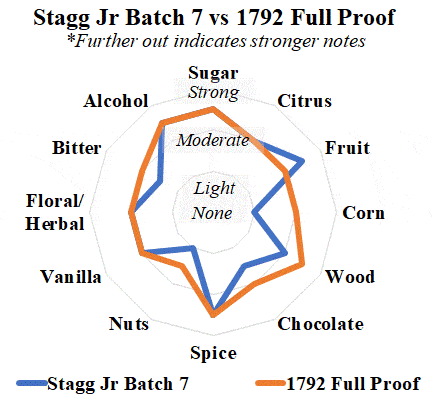
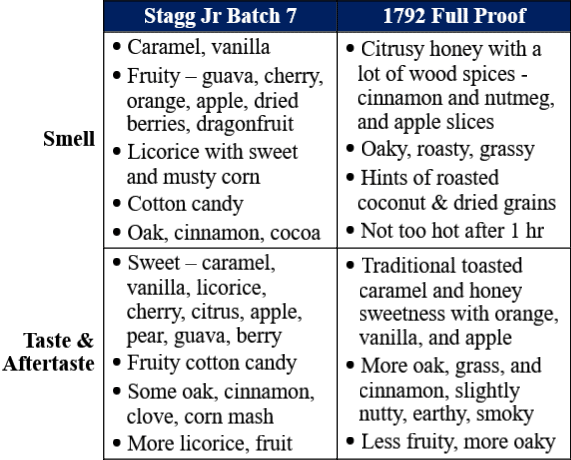
And the winner is...
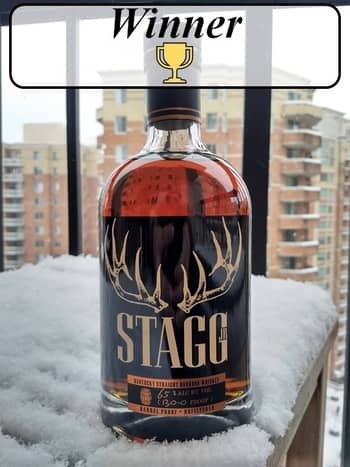
I hate to say it again, but I prefer Stagg Jr Batch 7. Stagg Jr Batch 7 and 1792 Full Proof have bourbon-y overlap, yet it’s clear that they’ve lived different lives. 1792 Full Proof Bourbon is a more oaky, grassy, dry, and tannic bourbon (I might even call it more brutish) that drinks like your quintessential bourbon. Full Proof has prominent citrus with less apple and other fruity notes.
Stagg Jr has some similar traits but with more fruitiness (e.g., cherry, guava, peach, berries) and brightness, and less oak and overall dryness. For an unfinished bourbon, Stagg Jr has a delicate and fruity character that accentuates the tropical fruits and licorice from the rye that draw me in.
That said, both are very rich and intense bourbons that clearly pack a ton of flavor and heat into that 62+% ABV, but even smelling them side by side quickly makes it clear that Stagg Jr and 1792 Full Proof were going to go down different paths.

Meet the Author: Alex
I have far too much fun writing about whiskey and singlehandedly running The Whiskey Shelf to bring you independent, honest, and useful reviews, comparisons, and more. I’m proudly Asian American and can speak Cantonese, Mandarin, and some Japanese.
There are no sponsors, no media companies, and no nonsense. Support The Whiskey Shelf by Buying Me A Shot.
